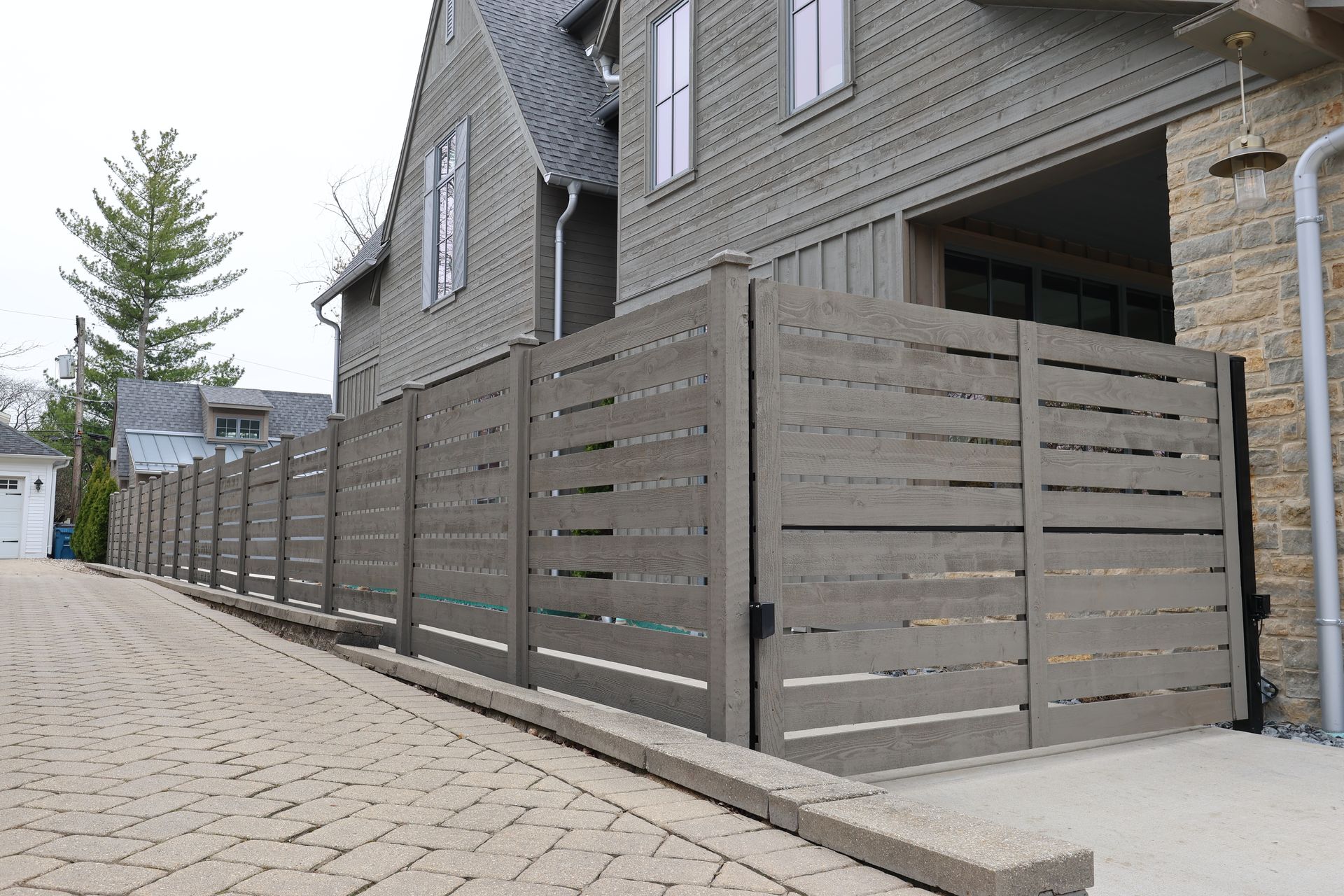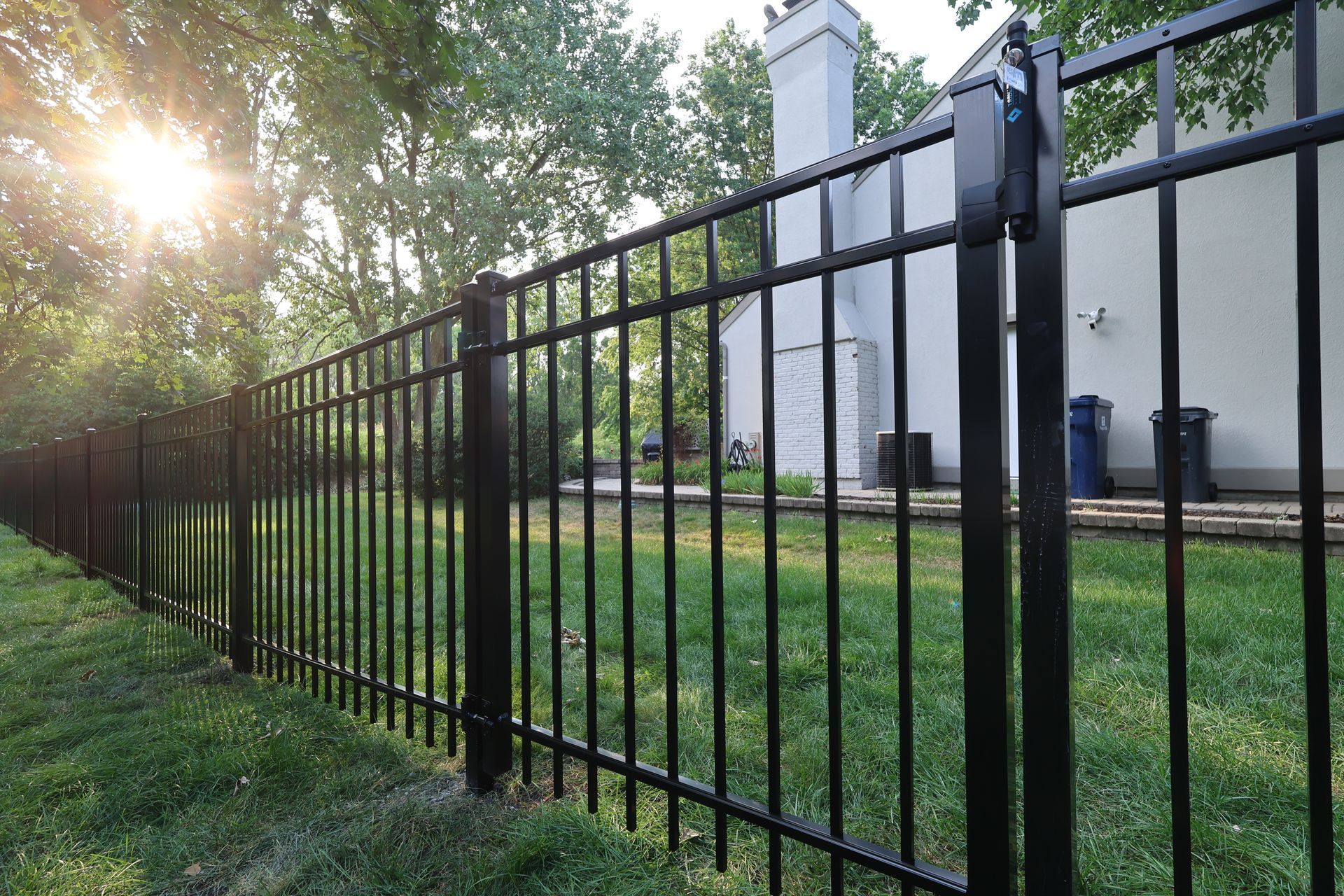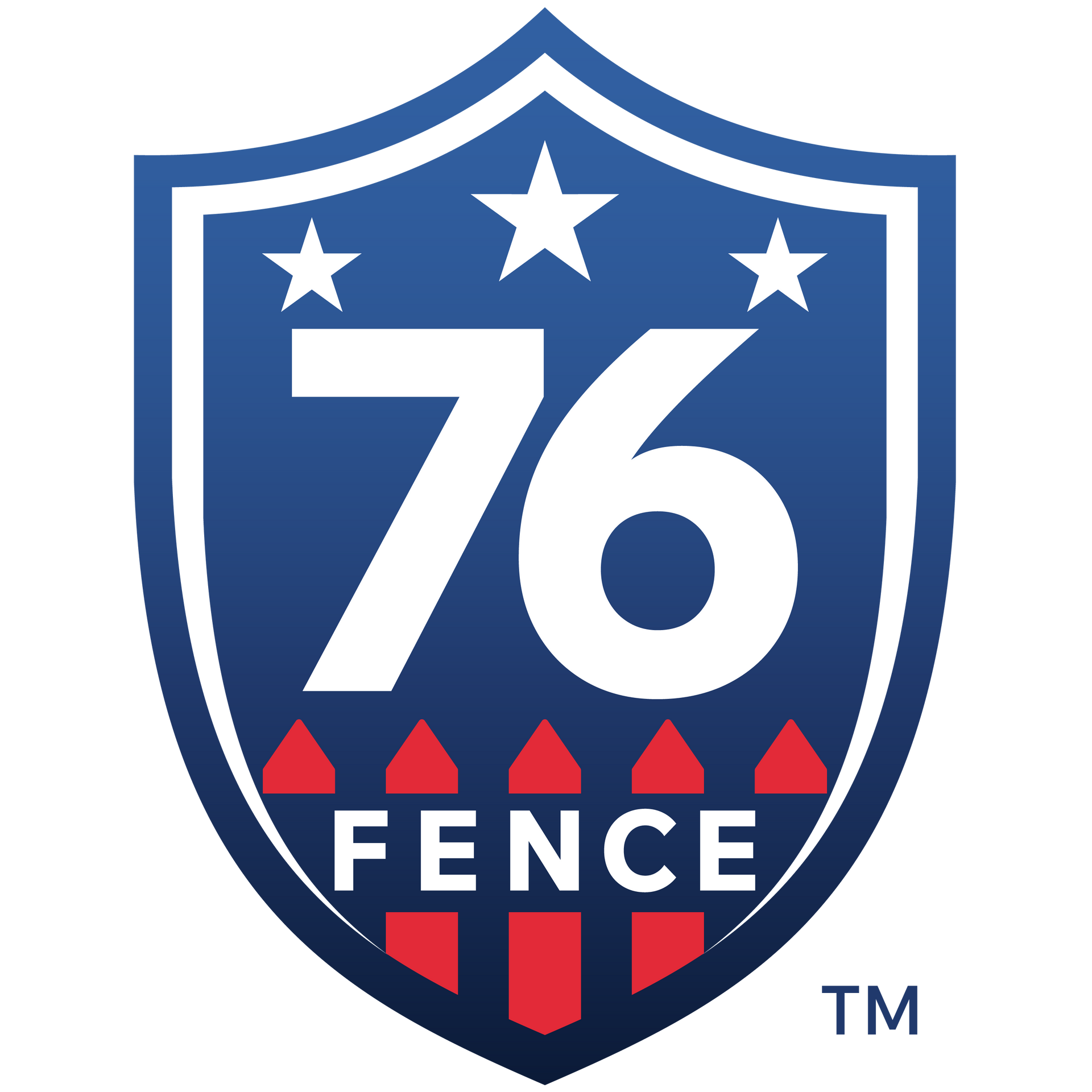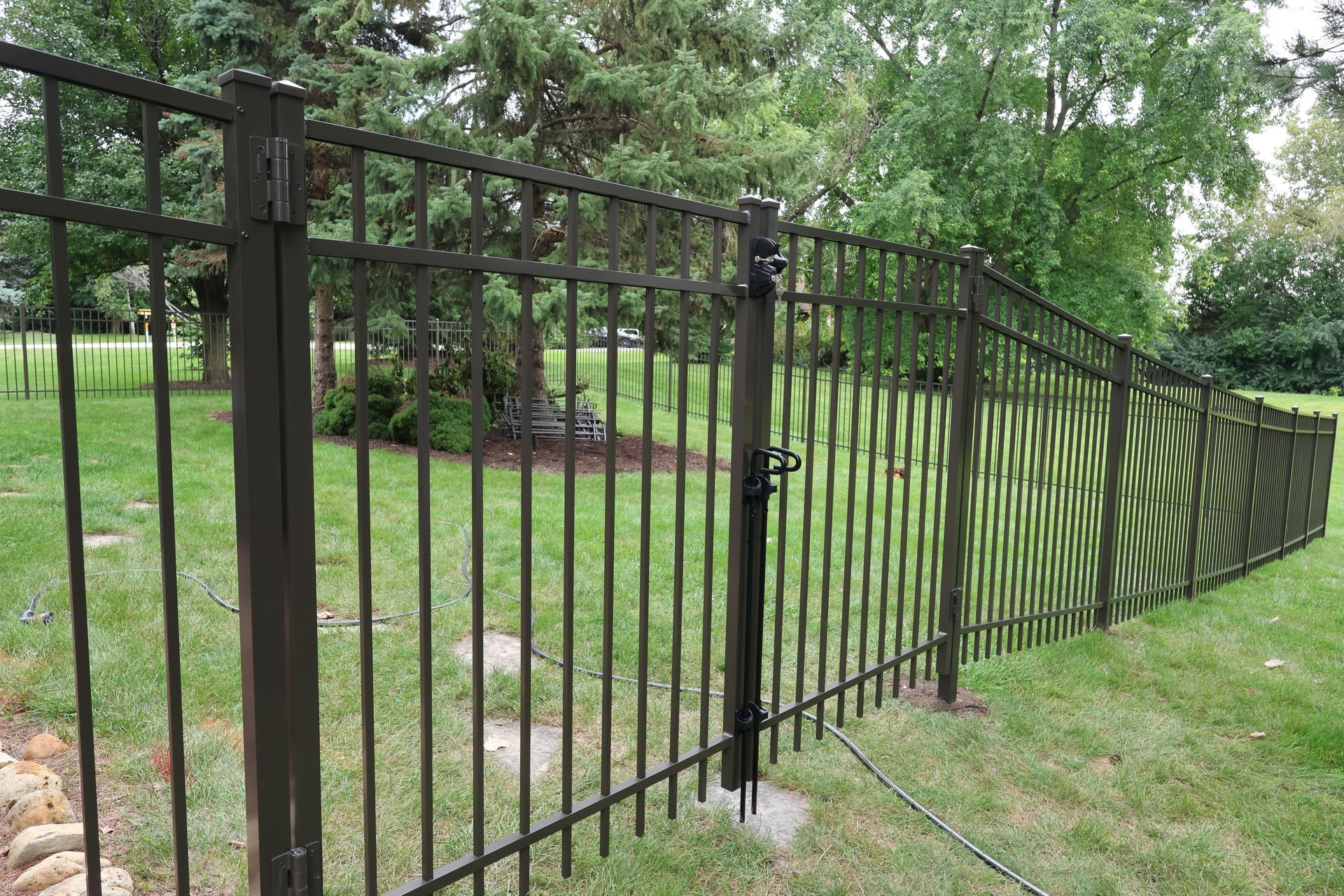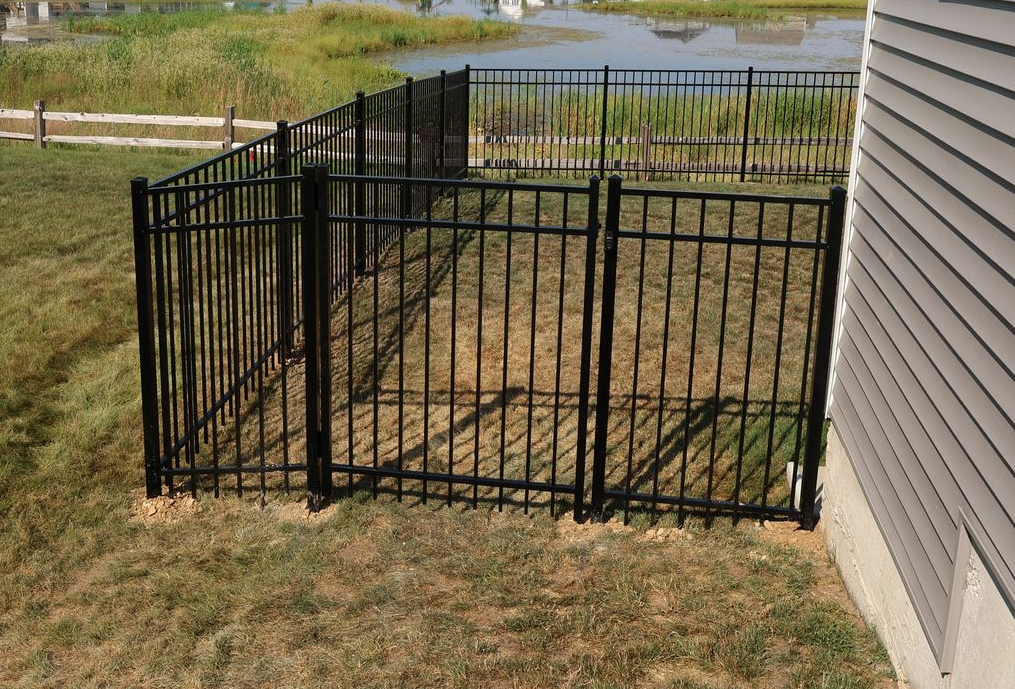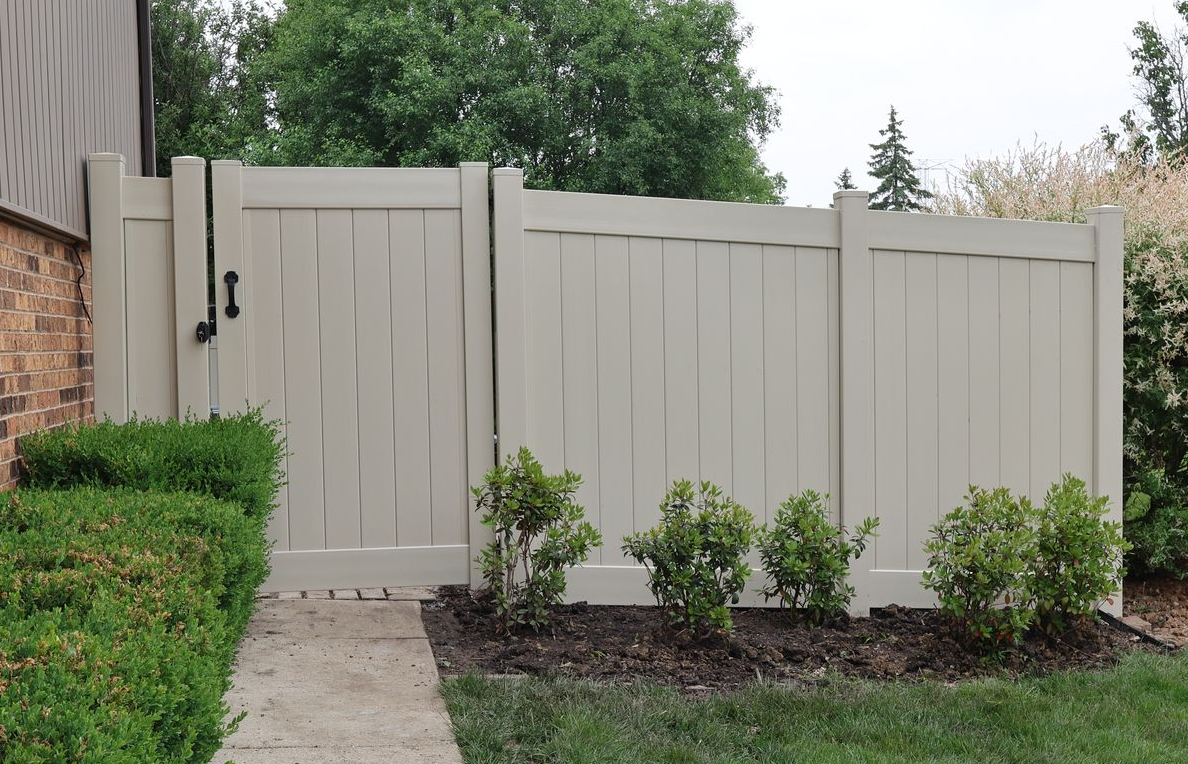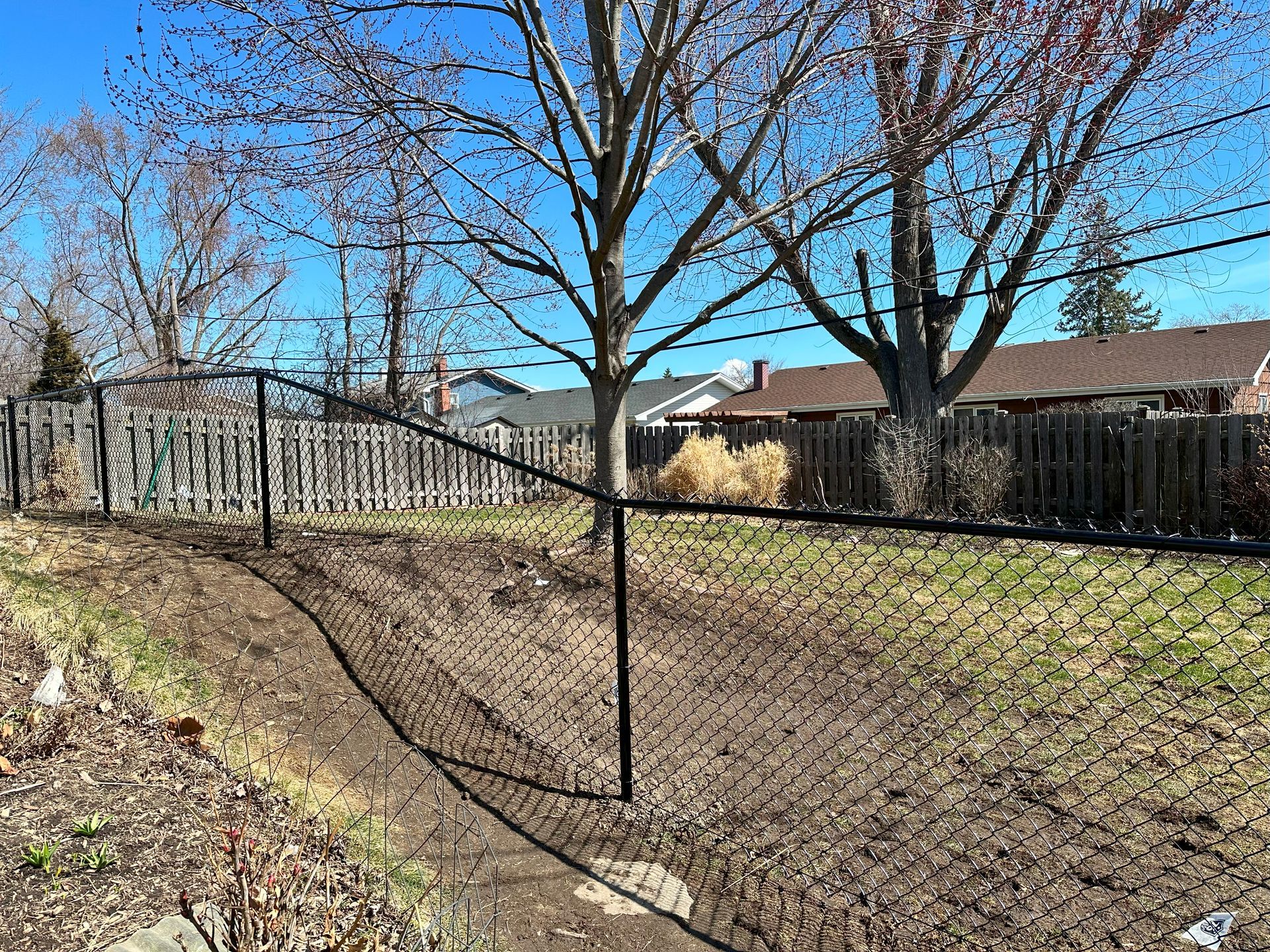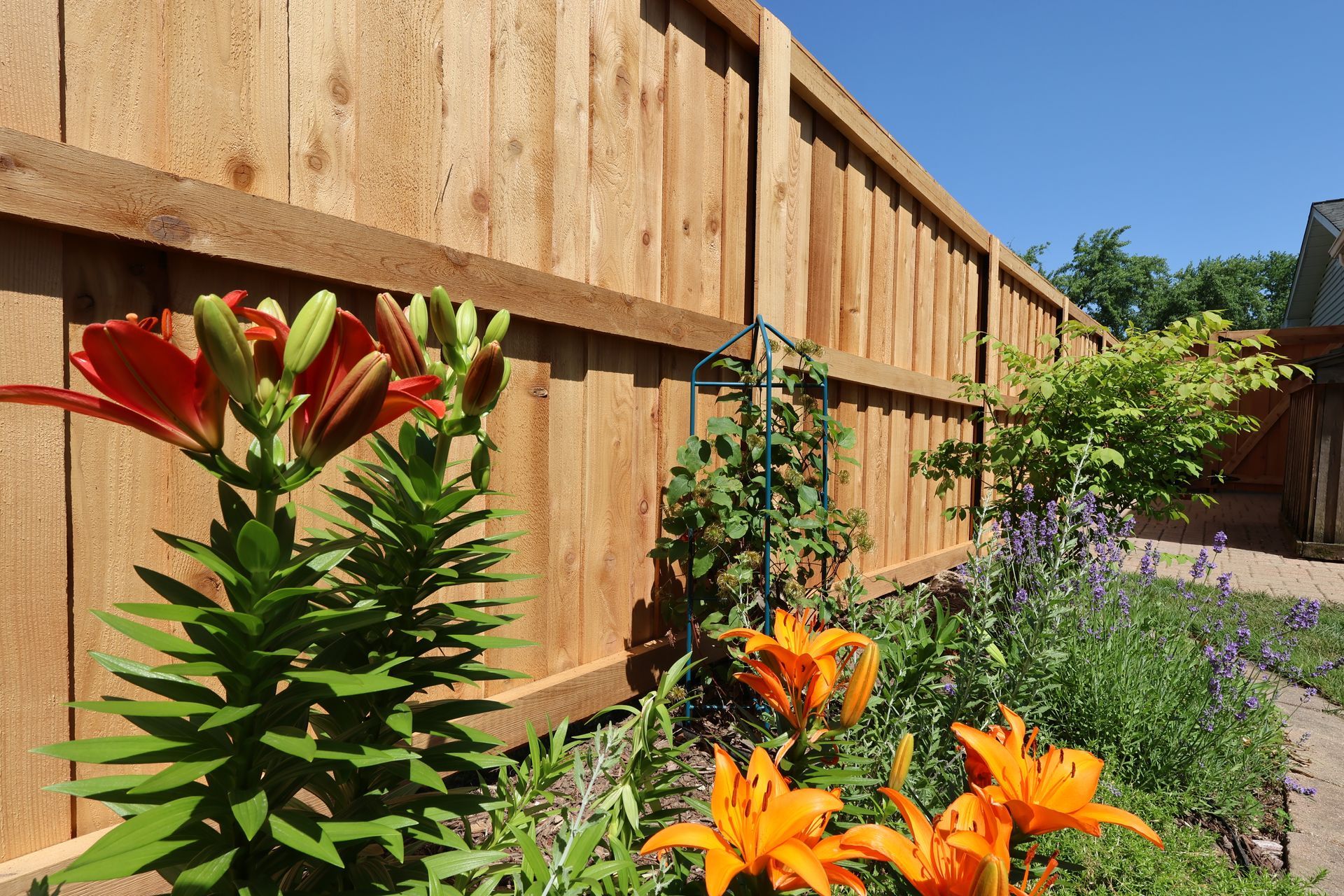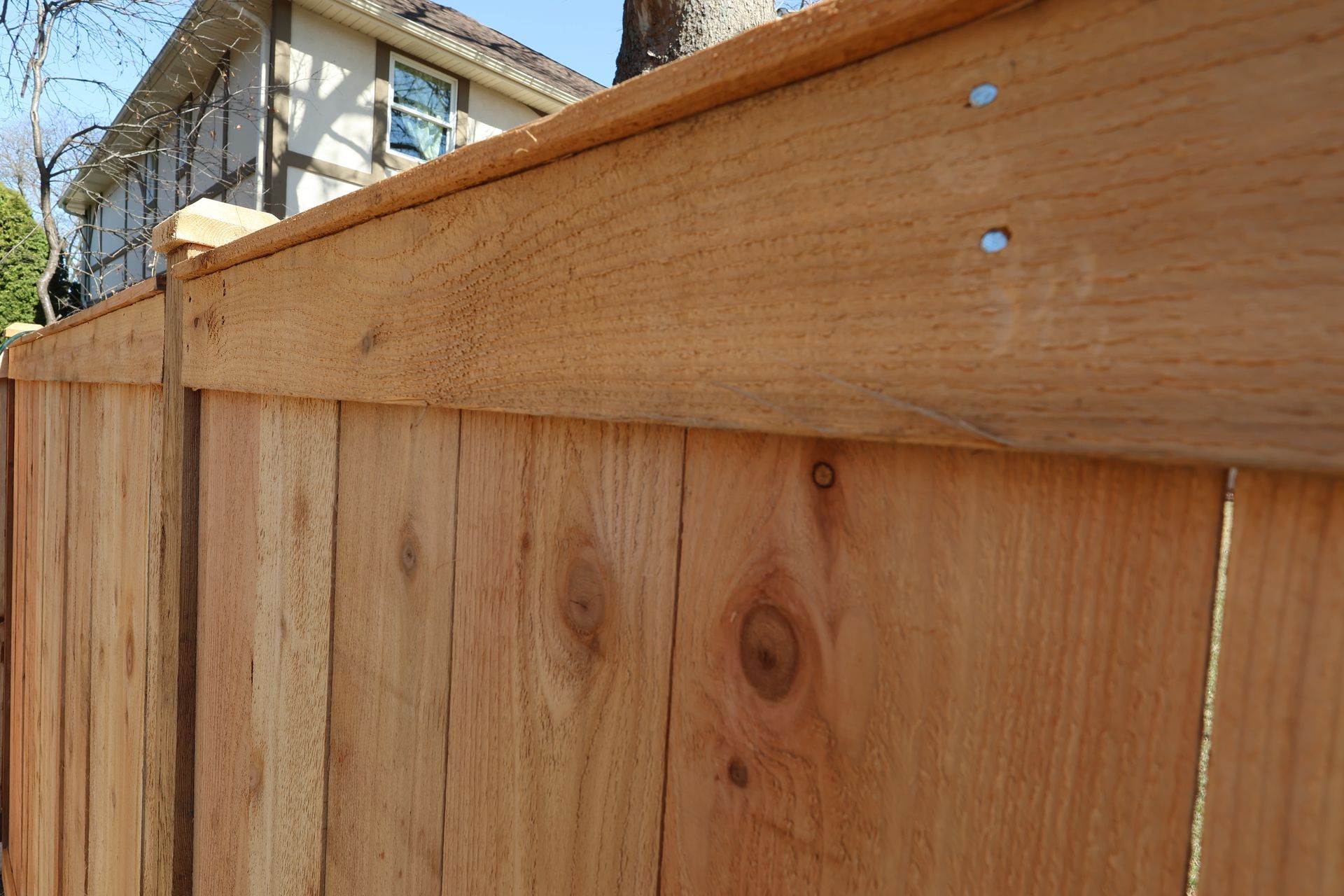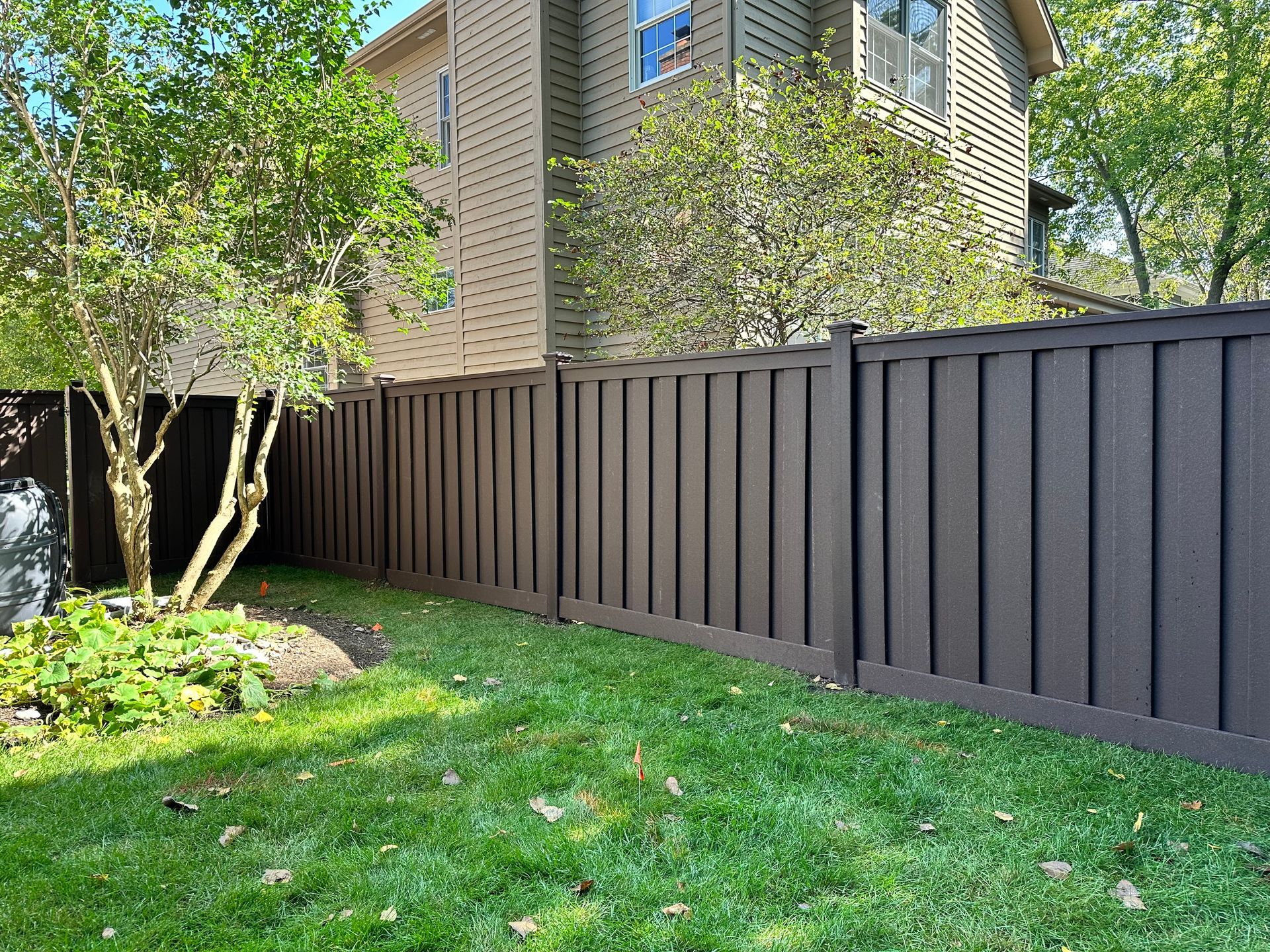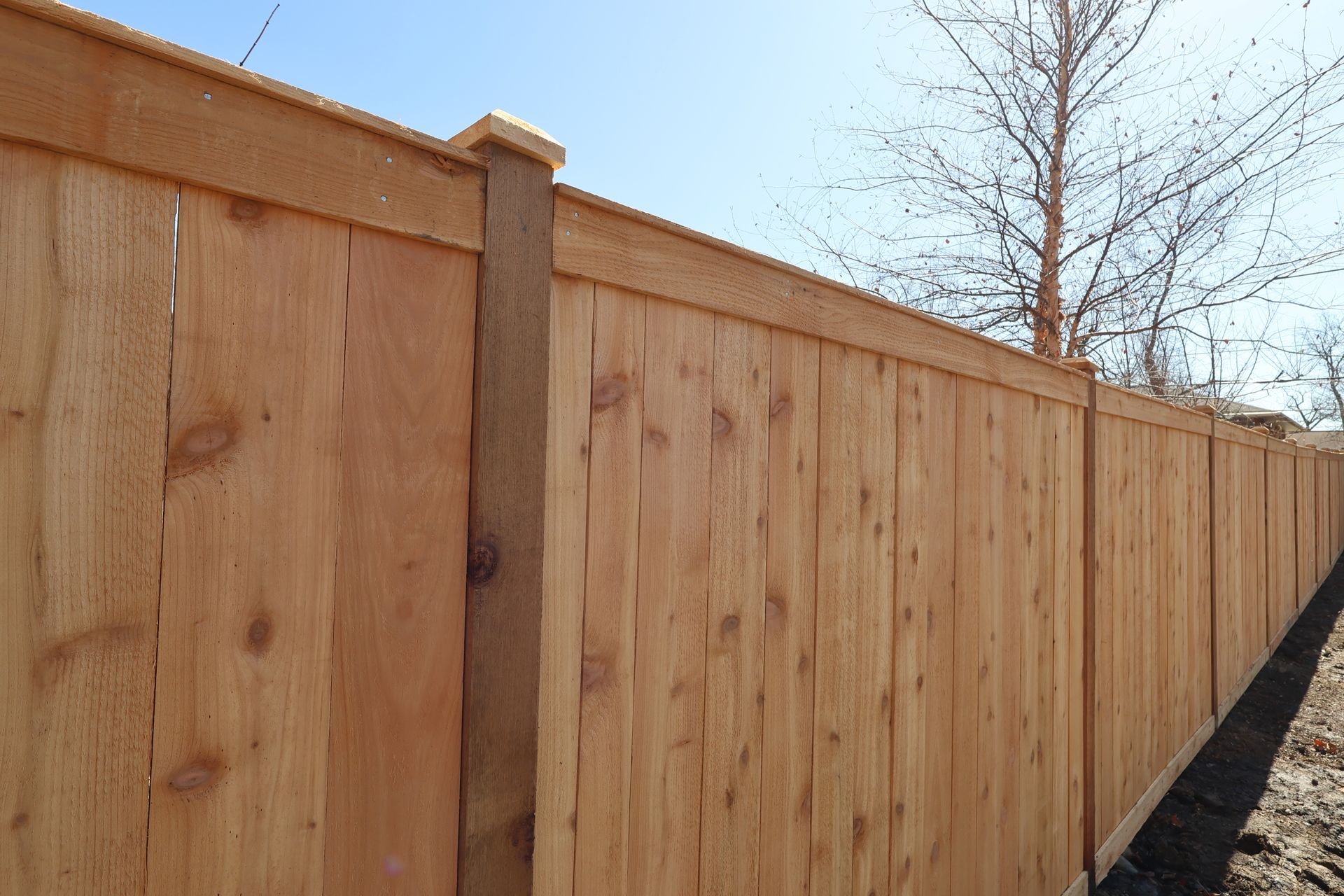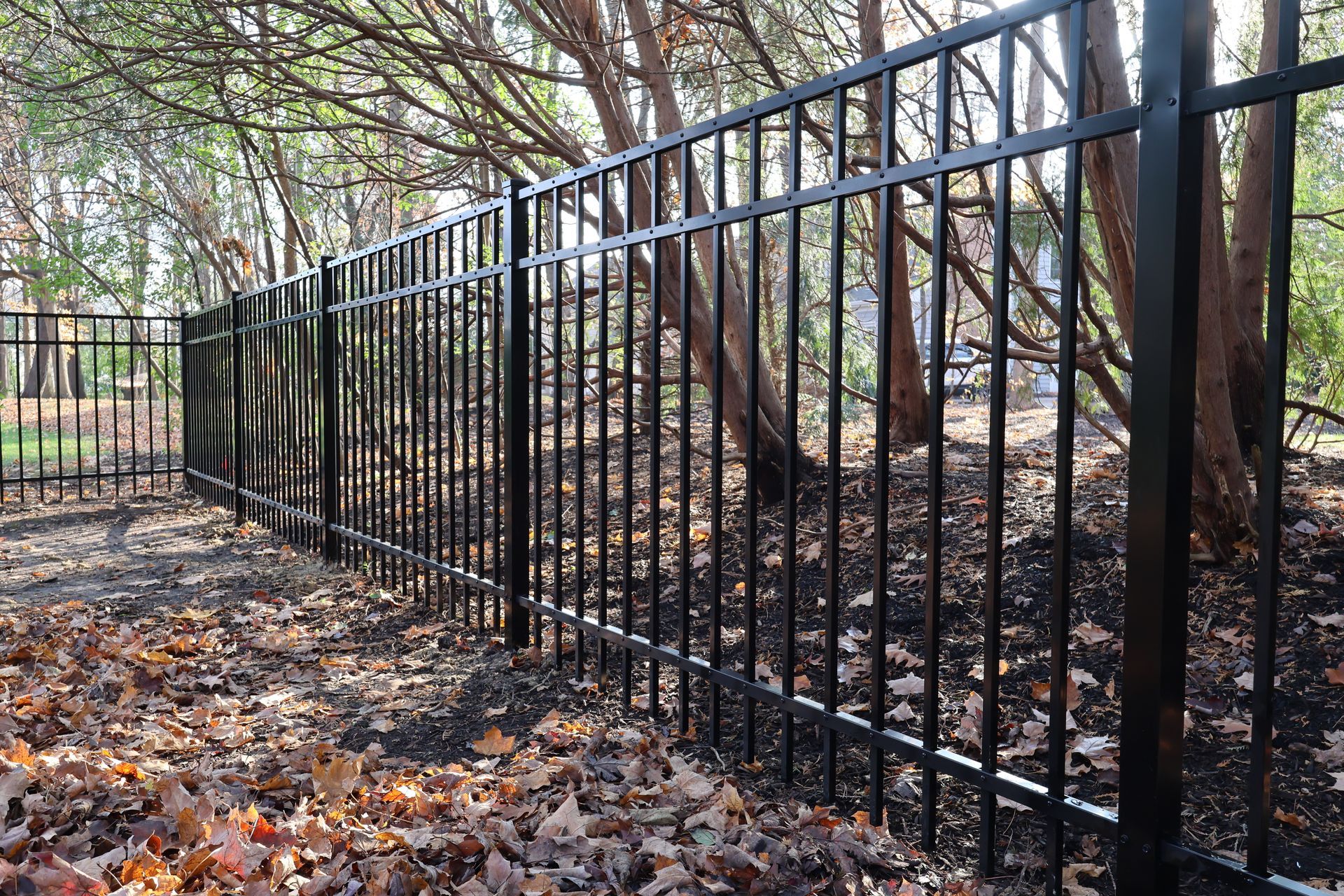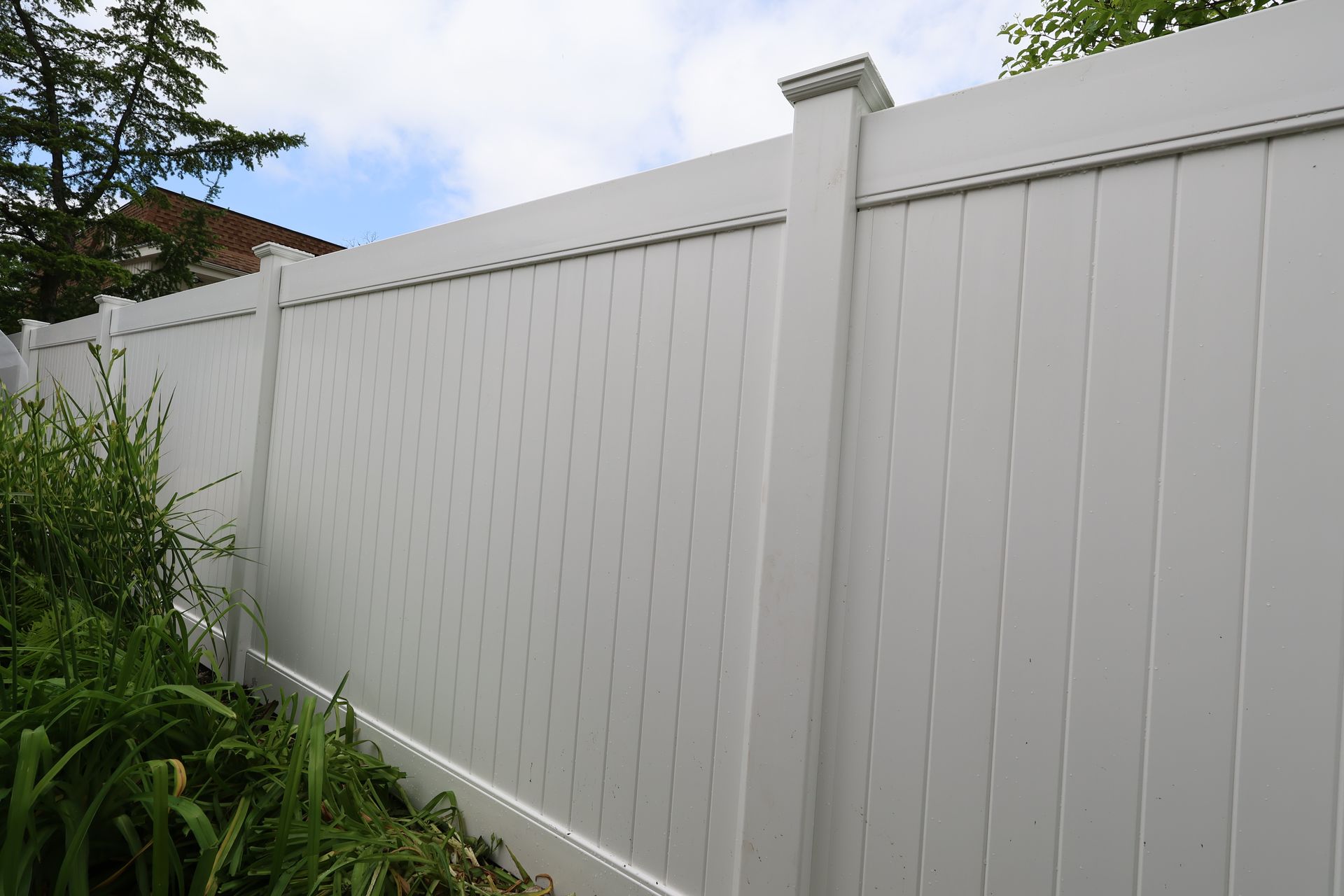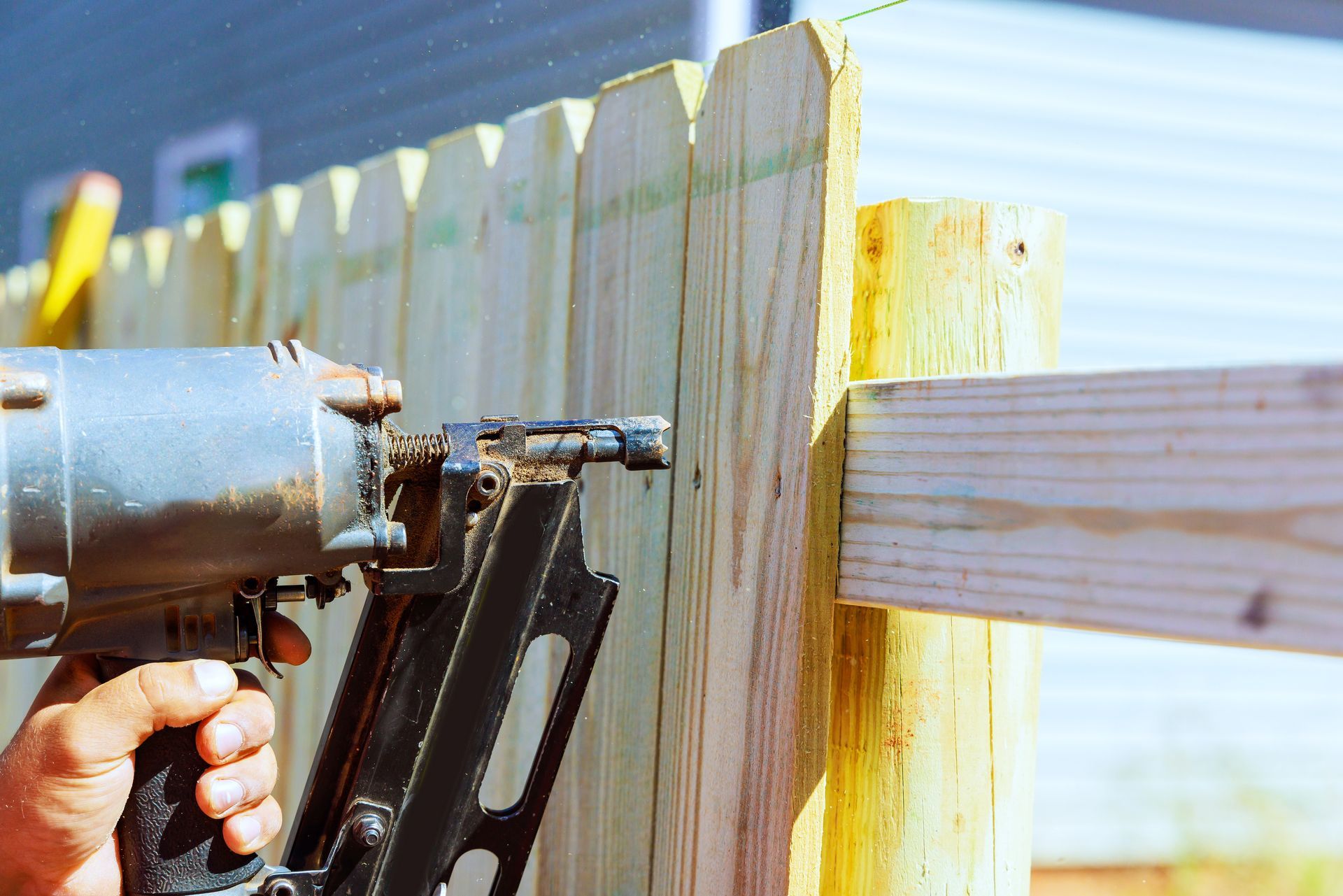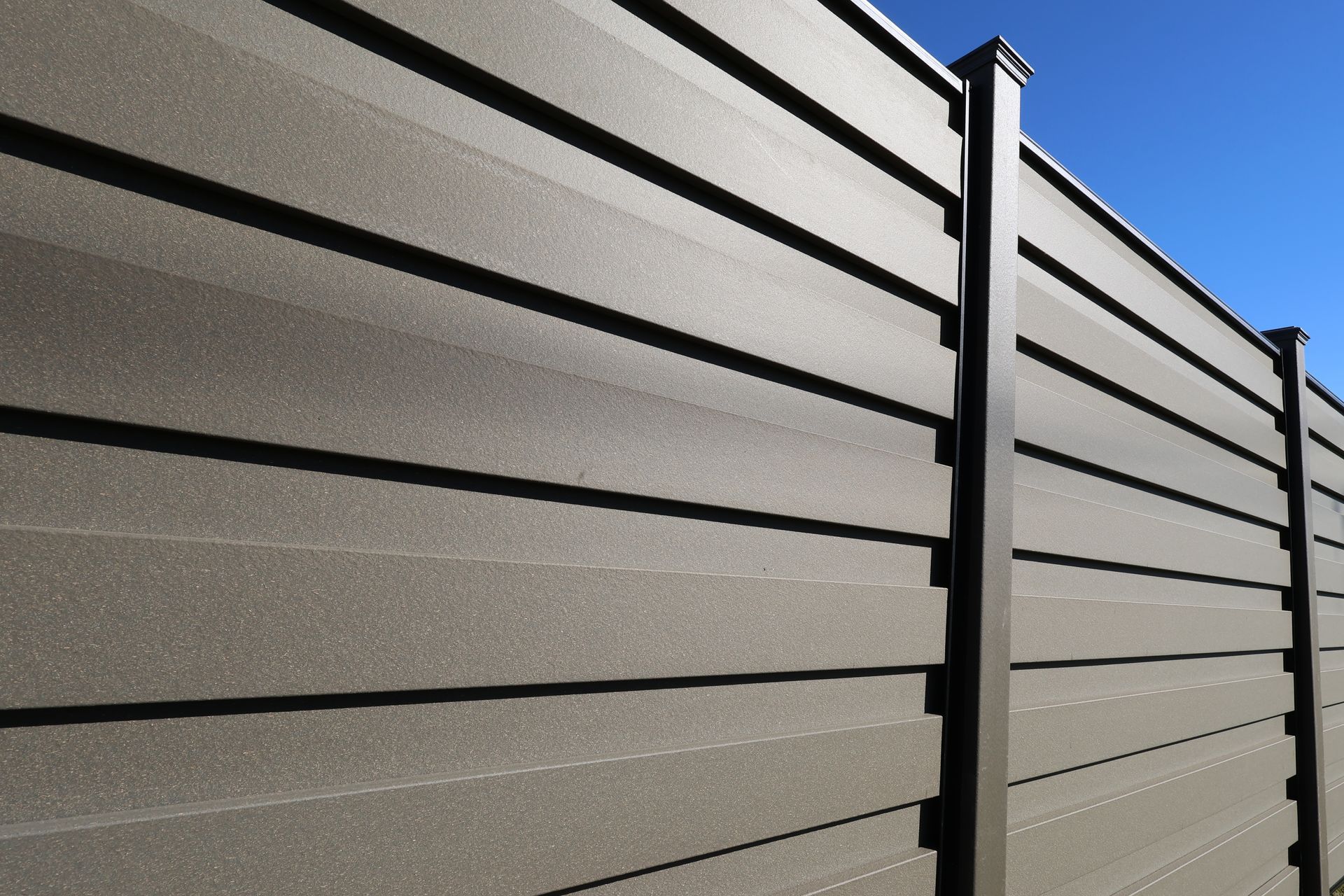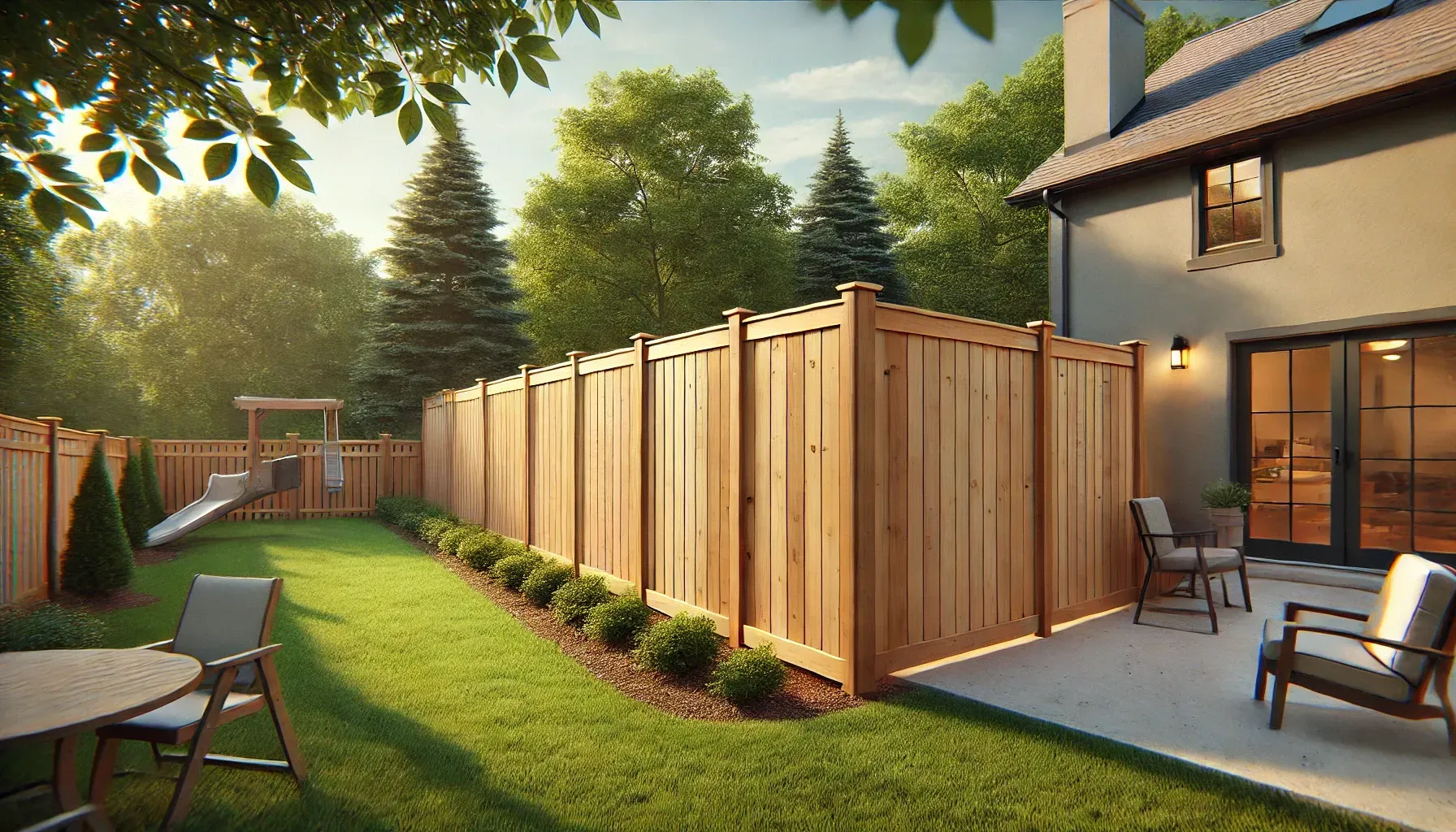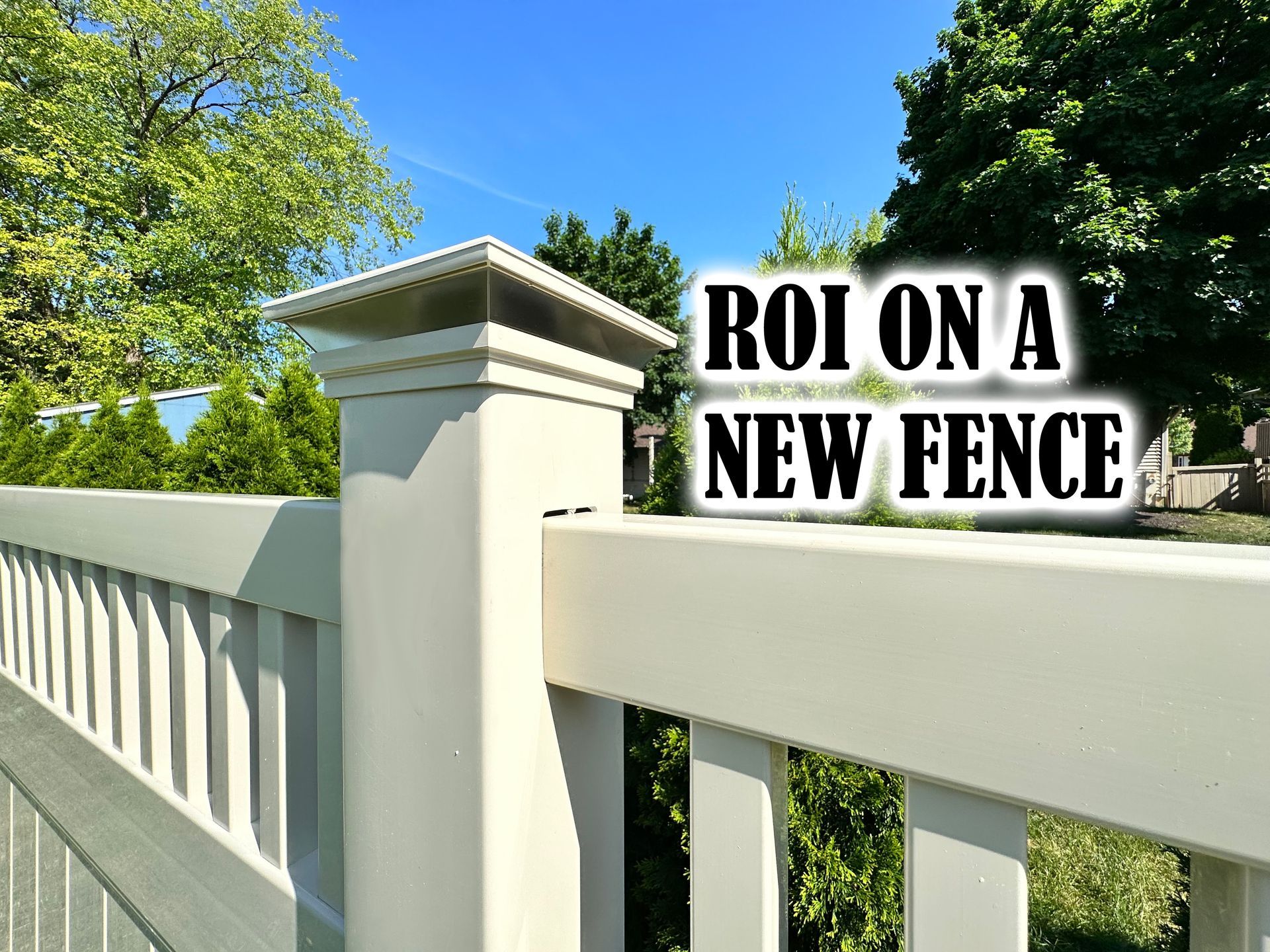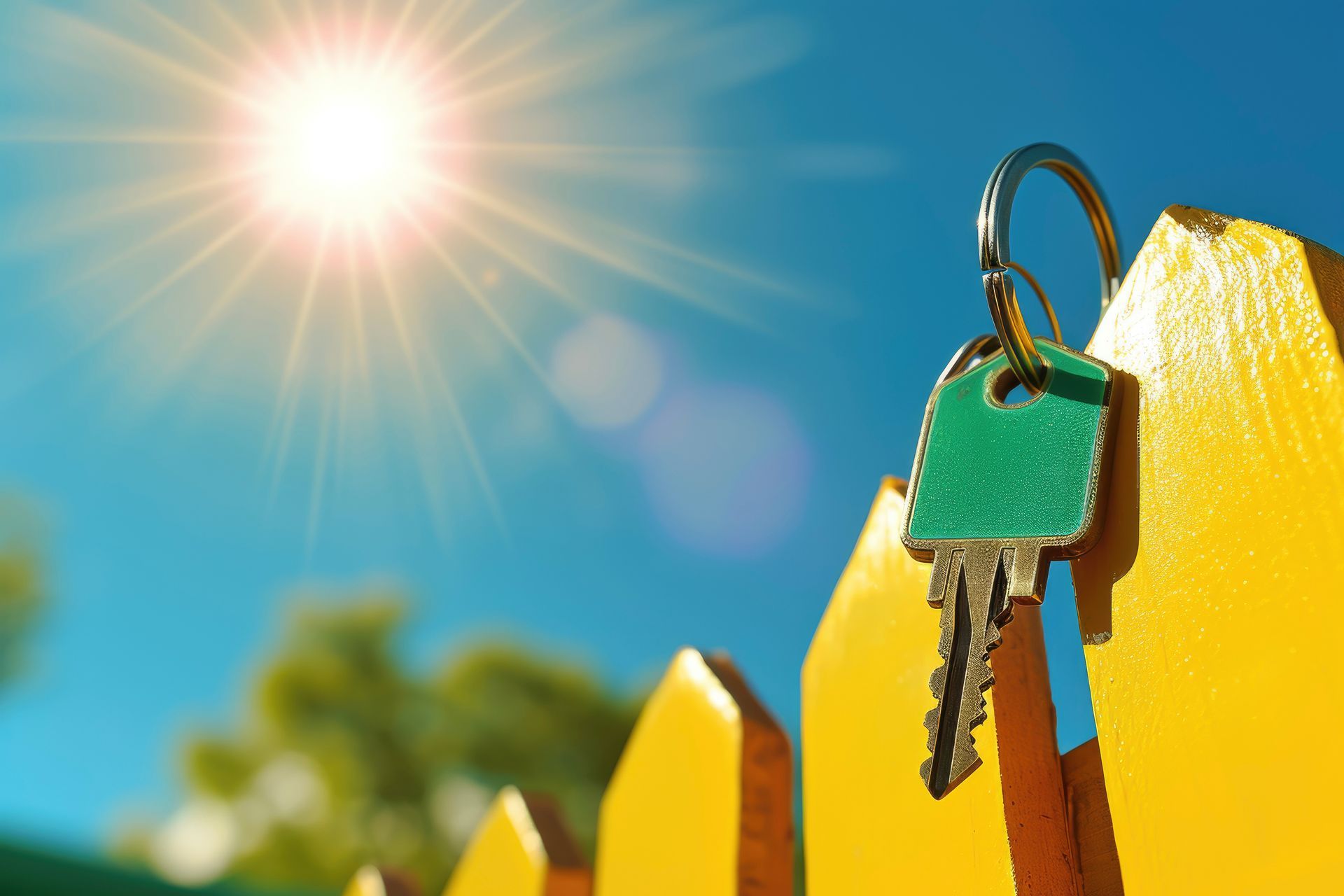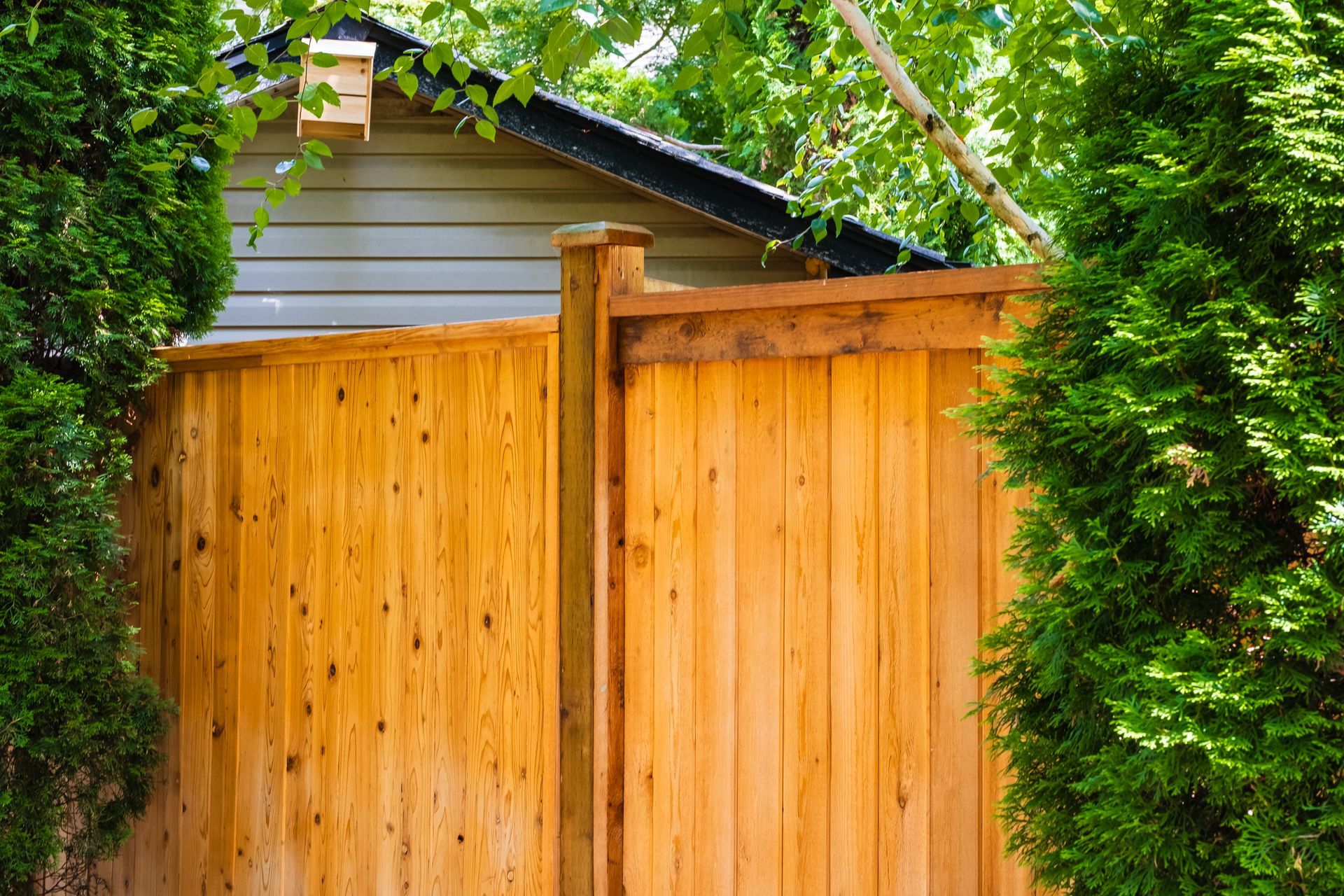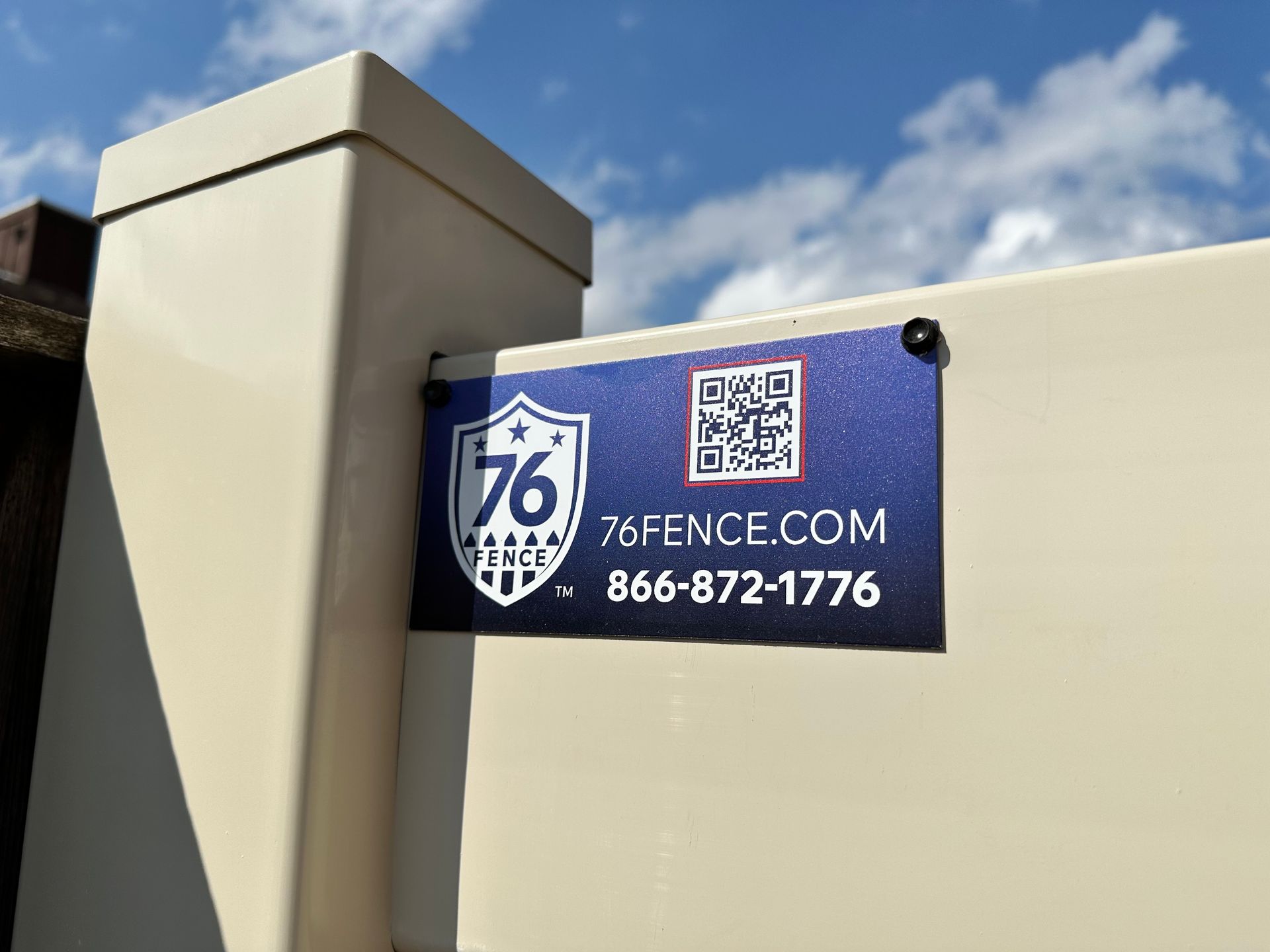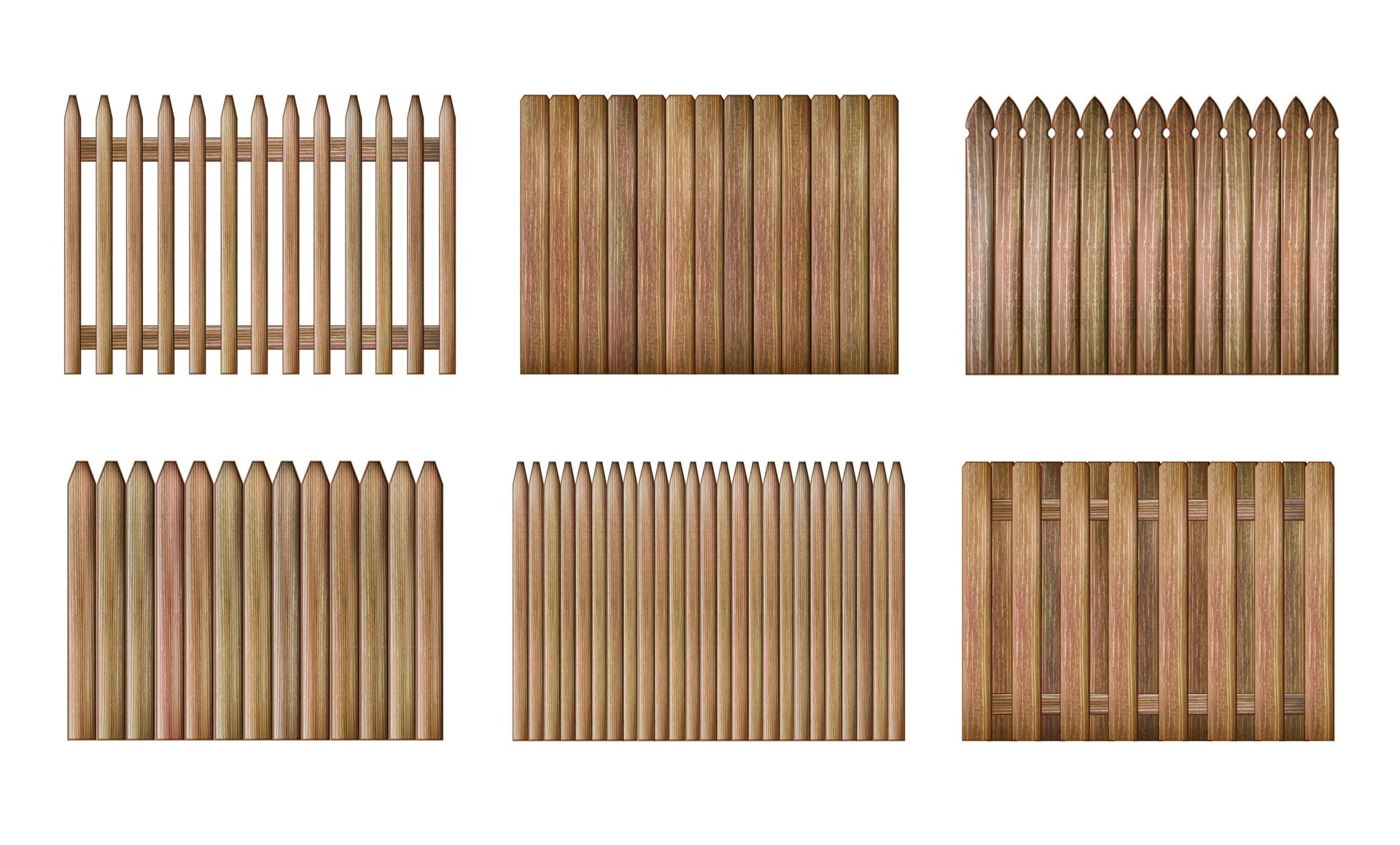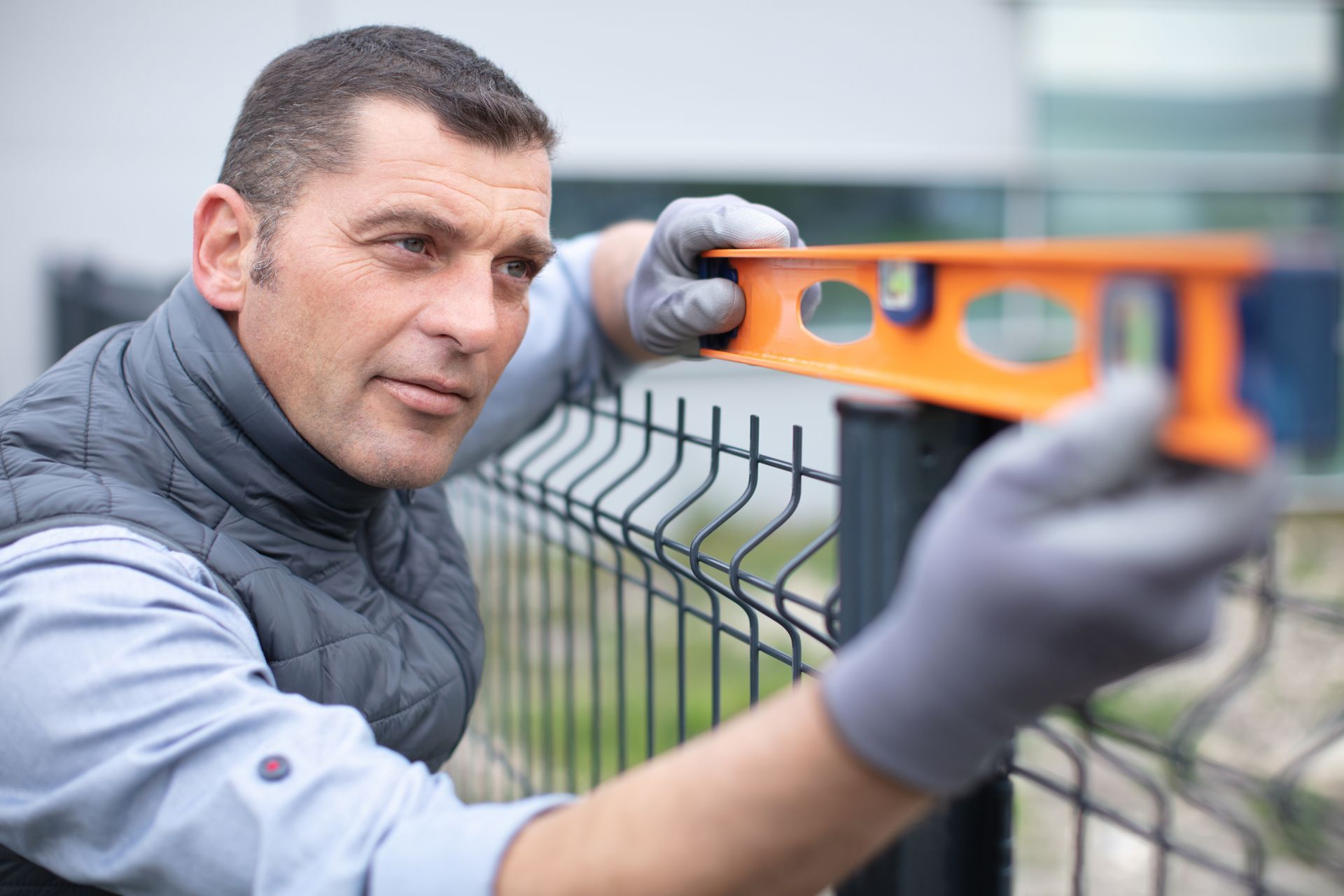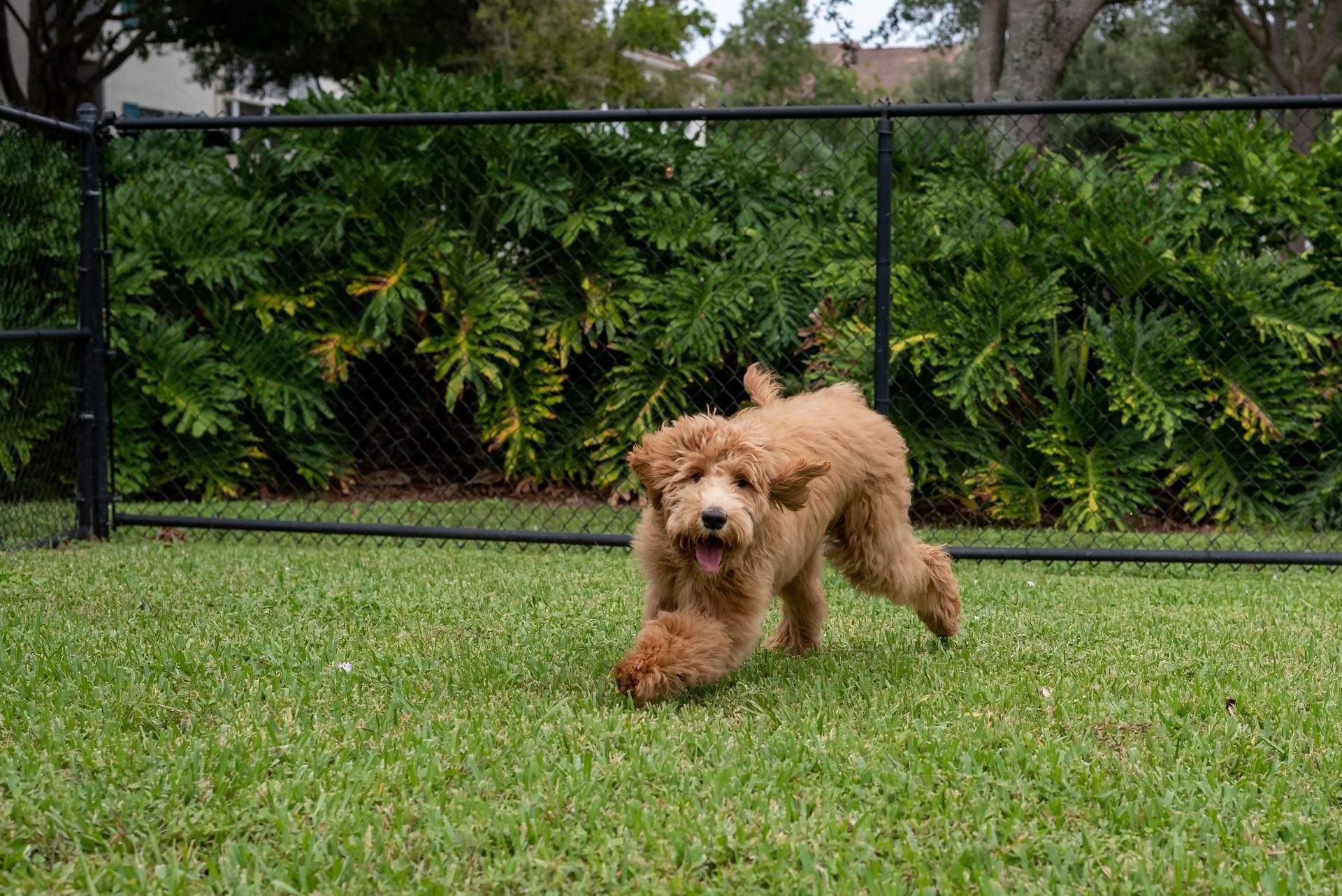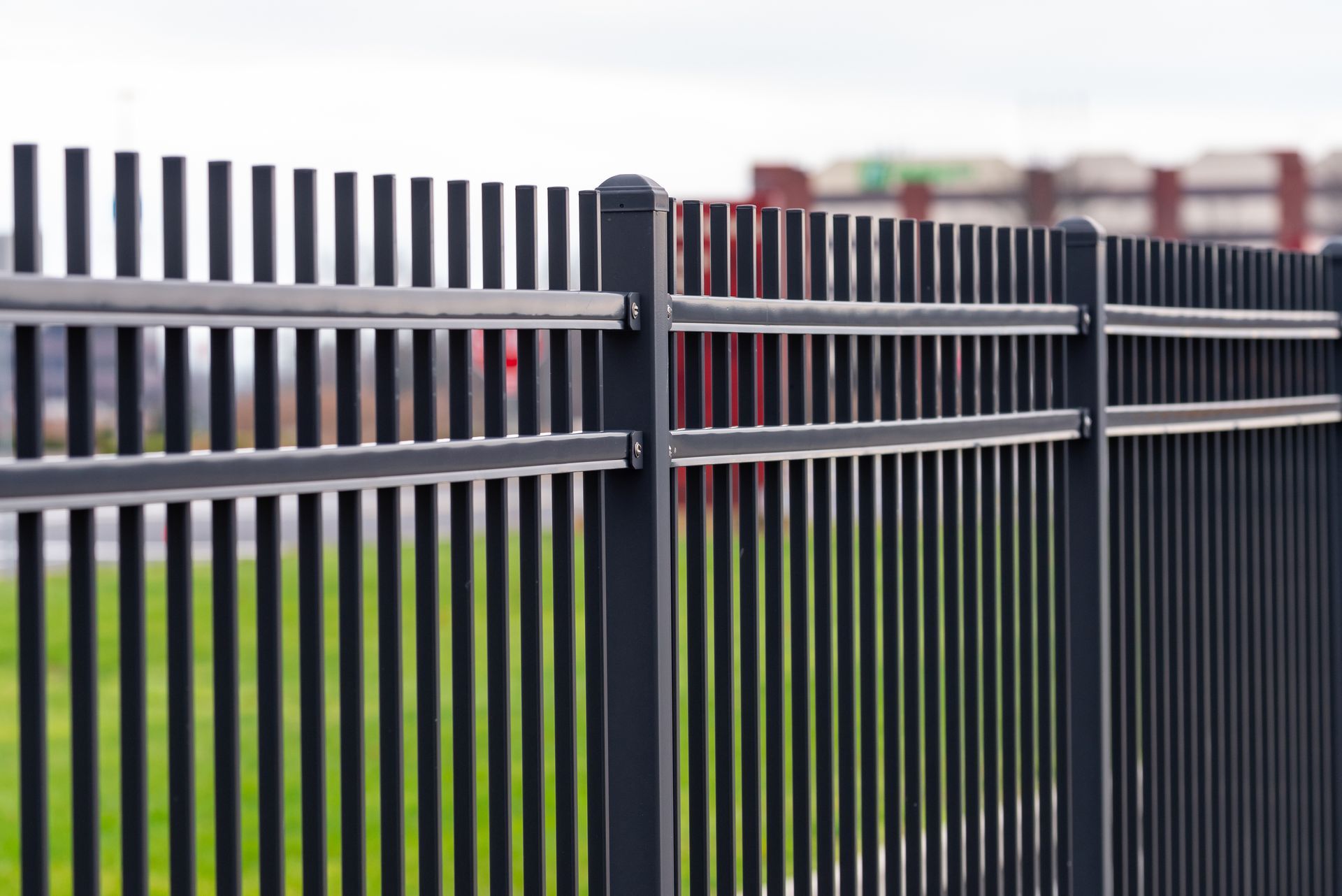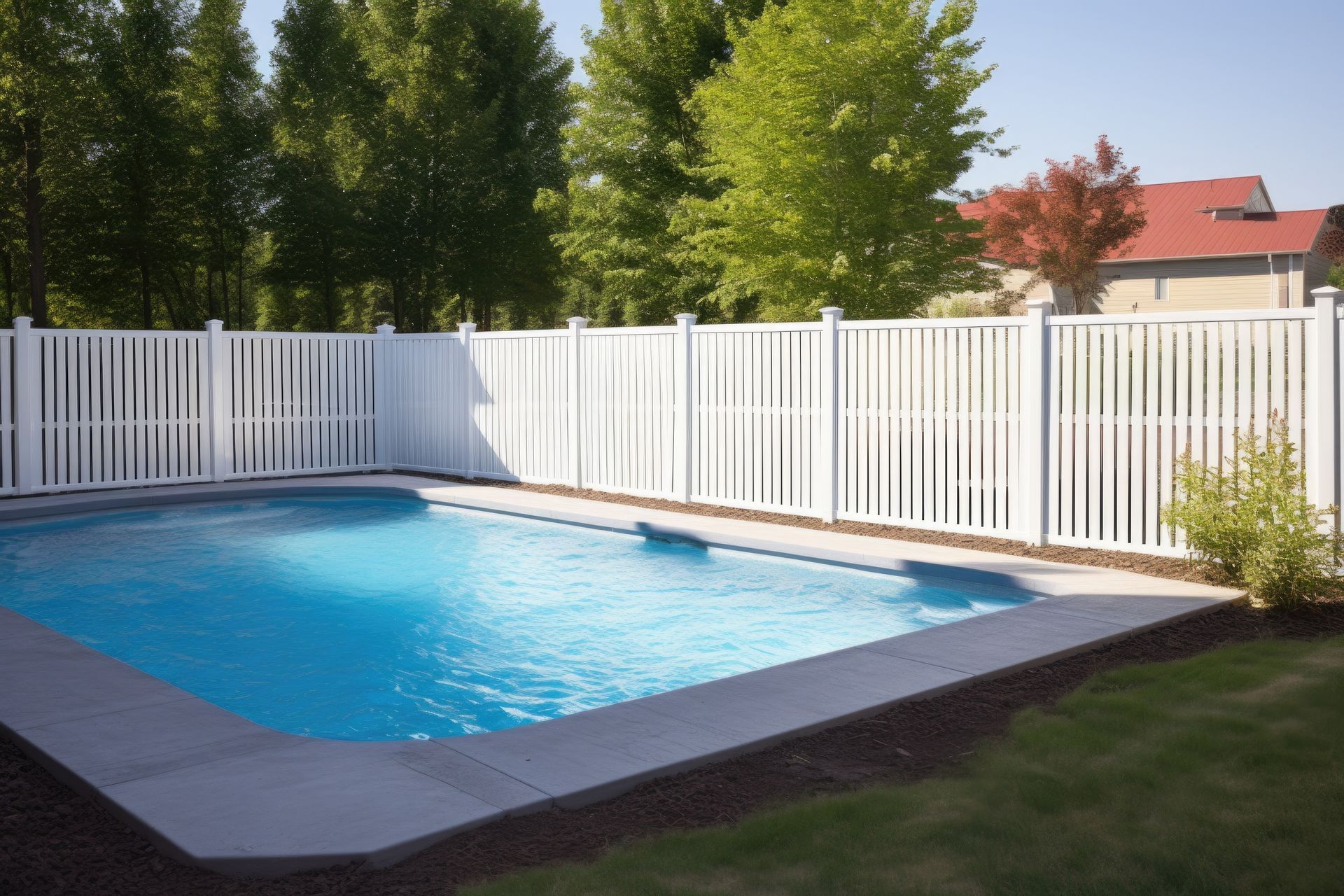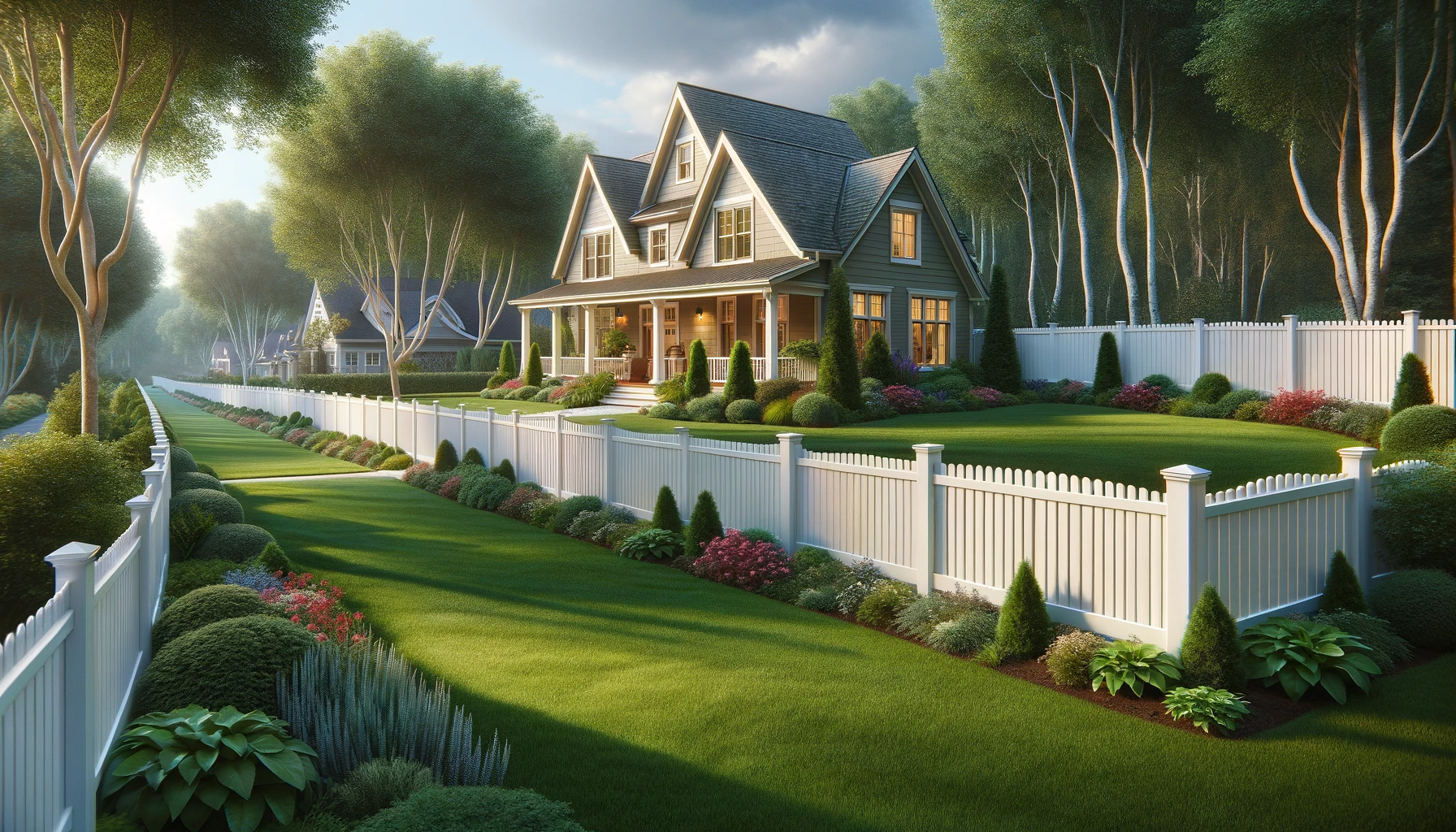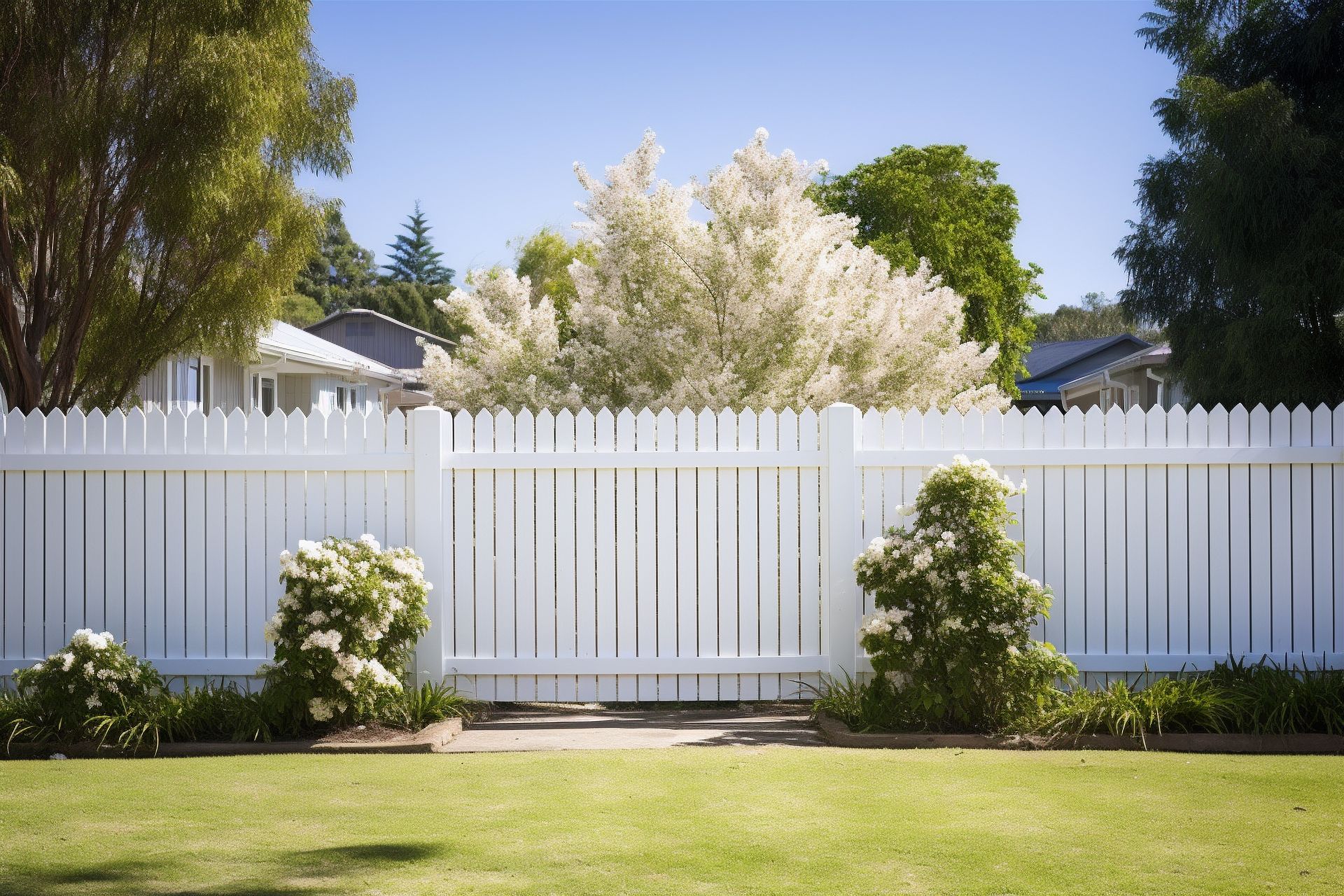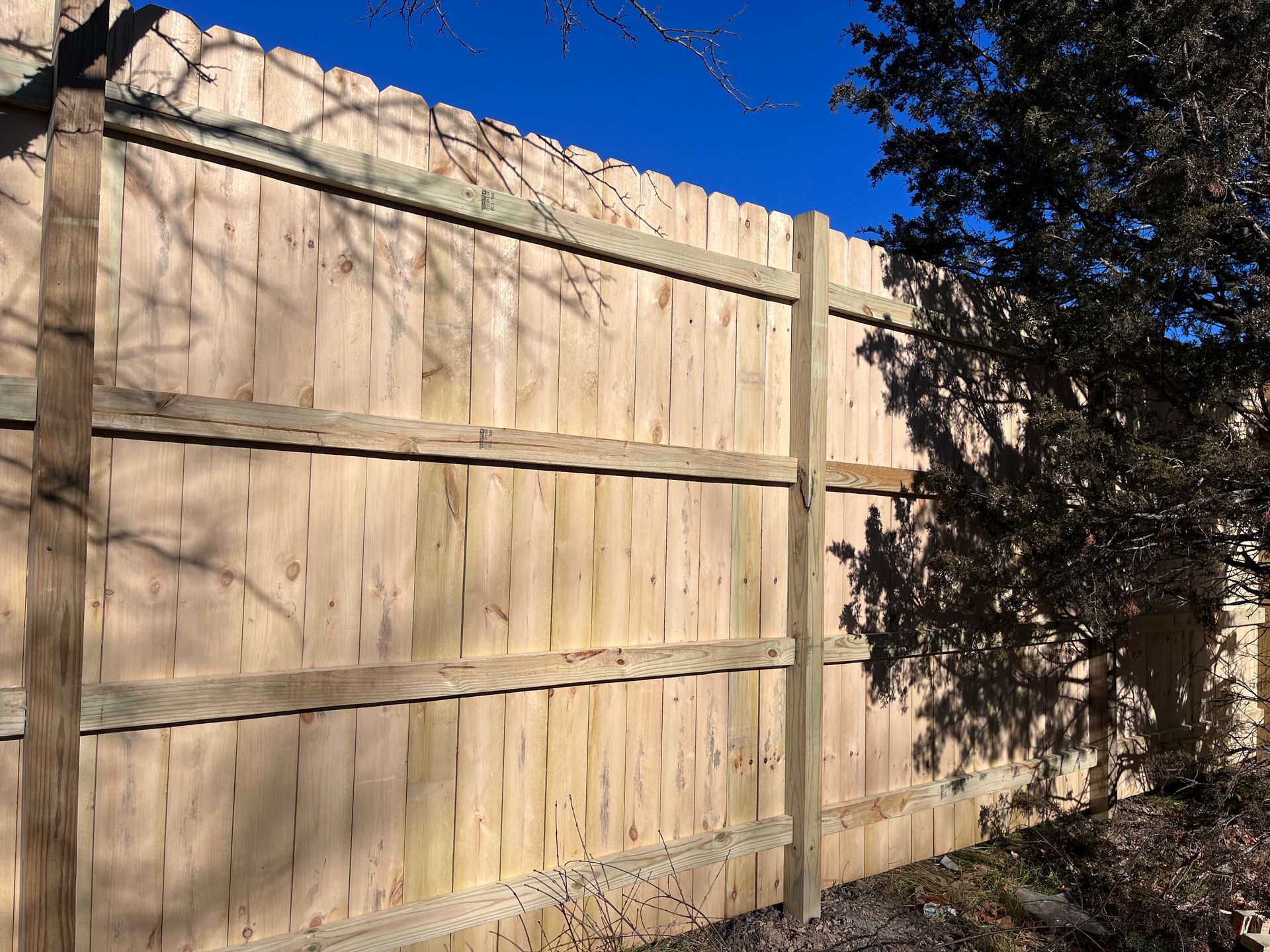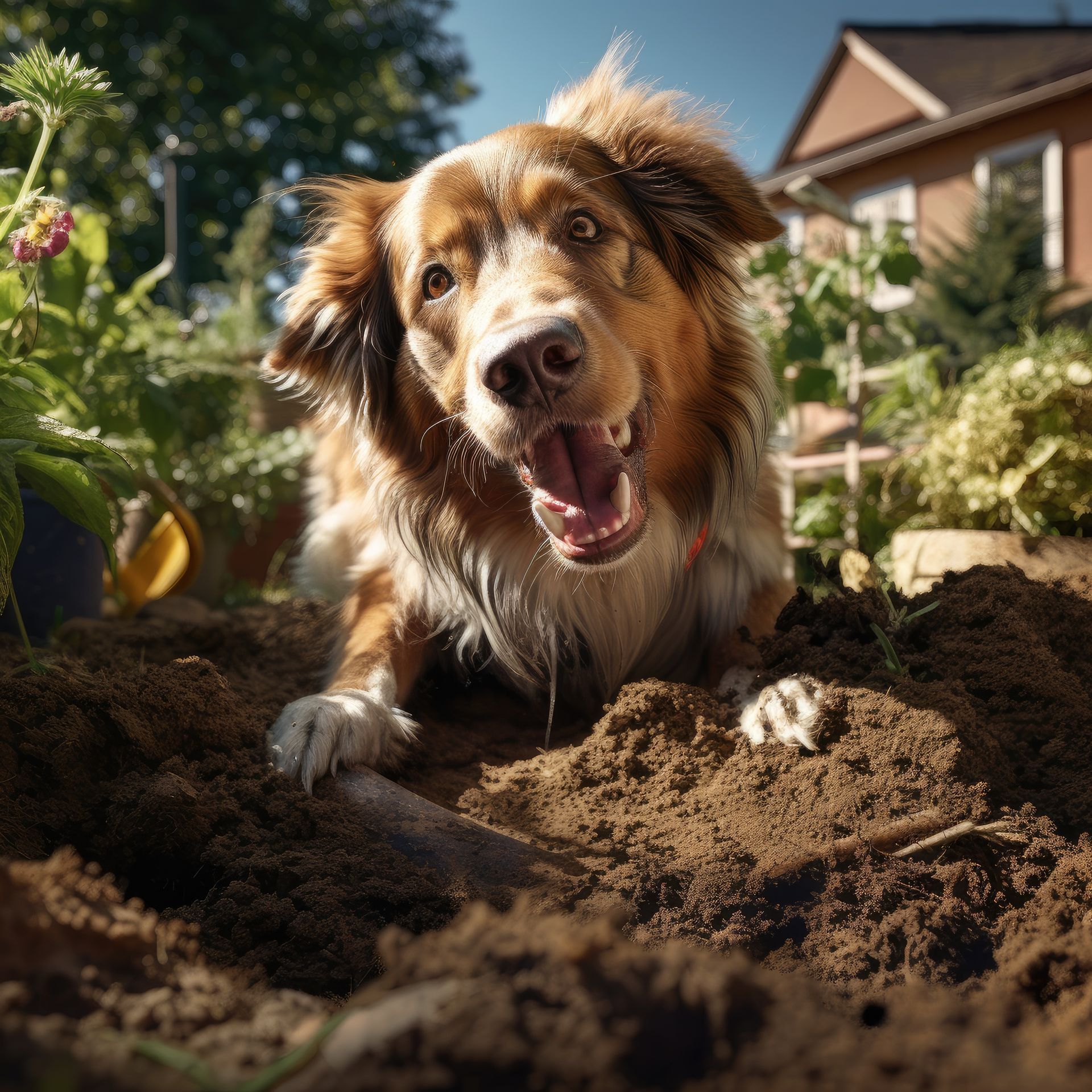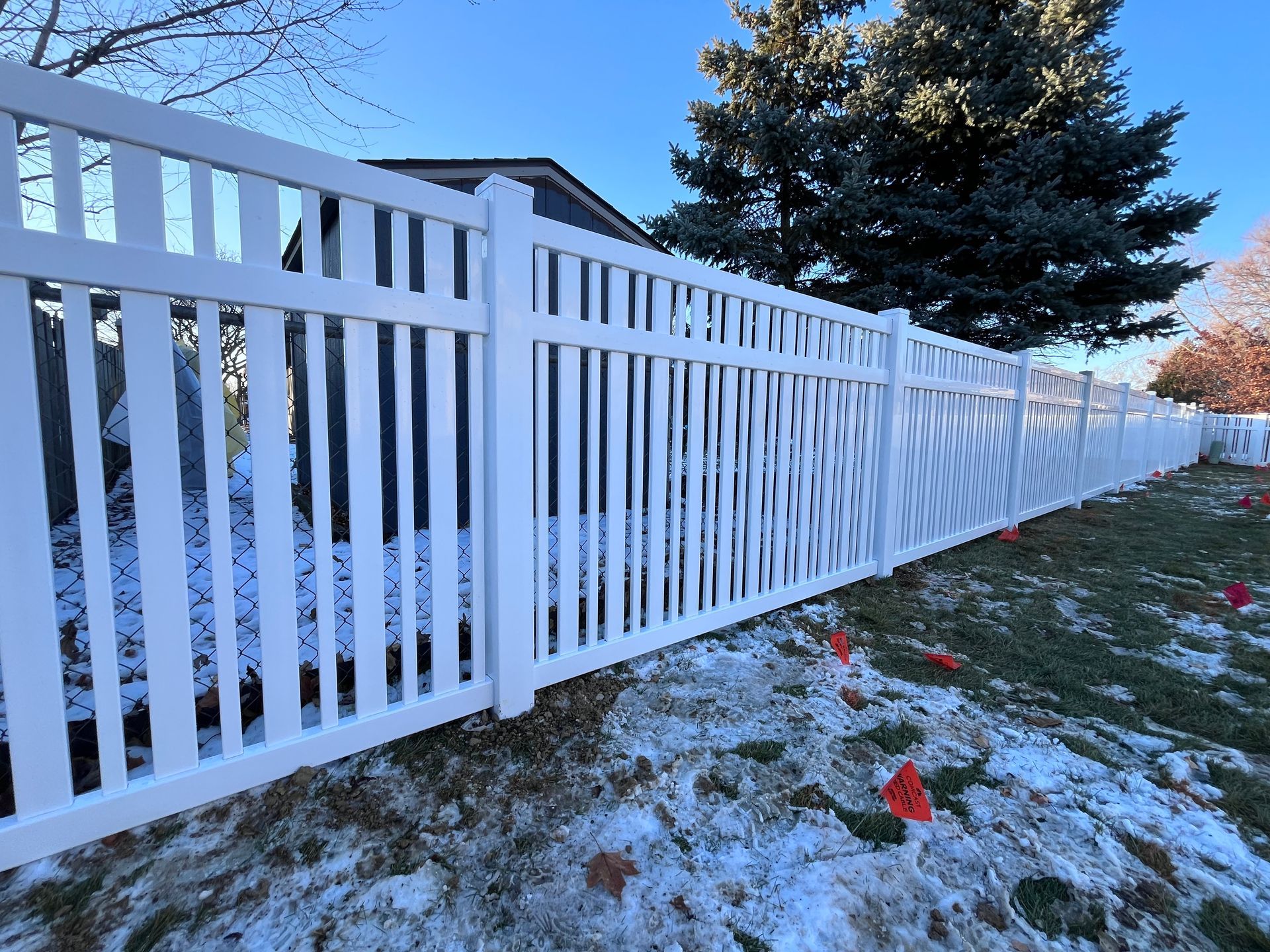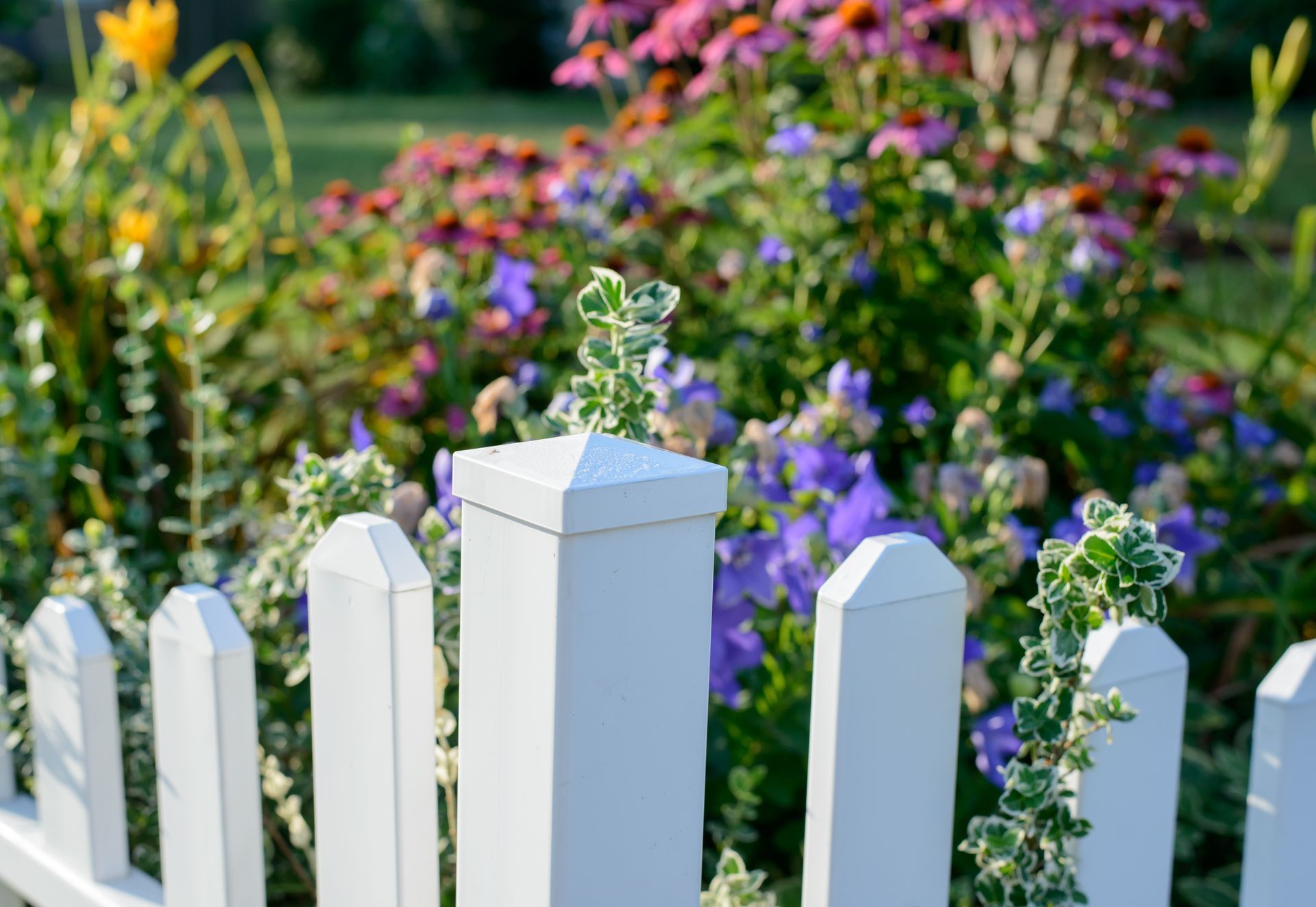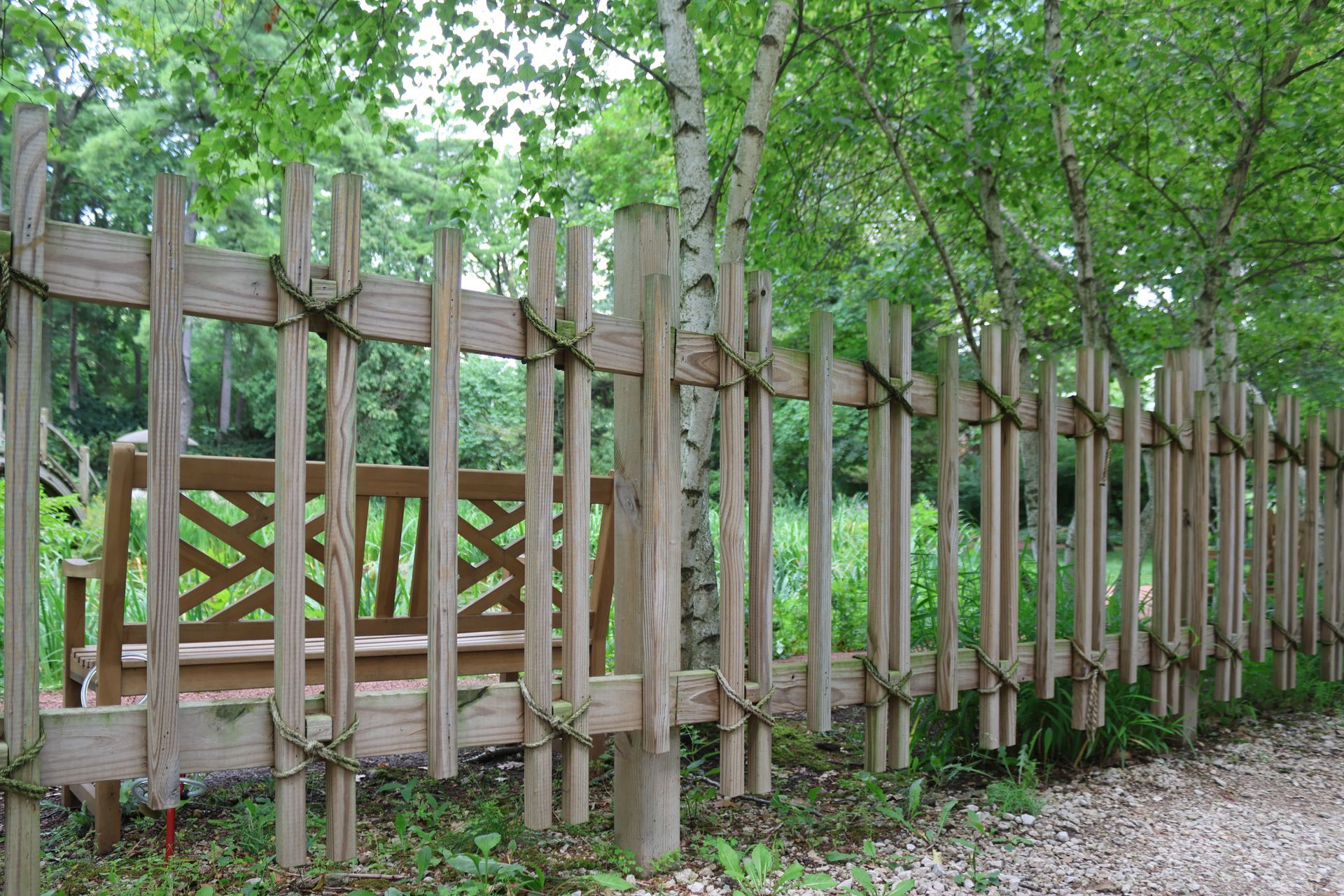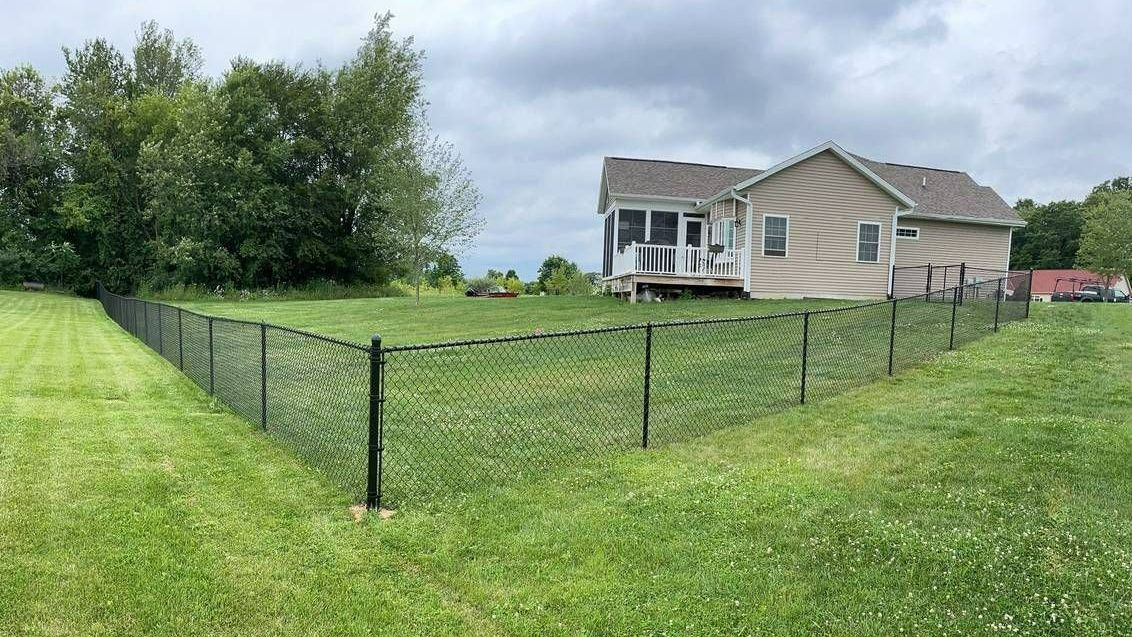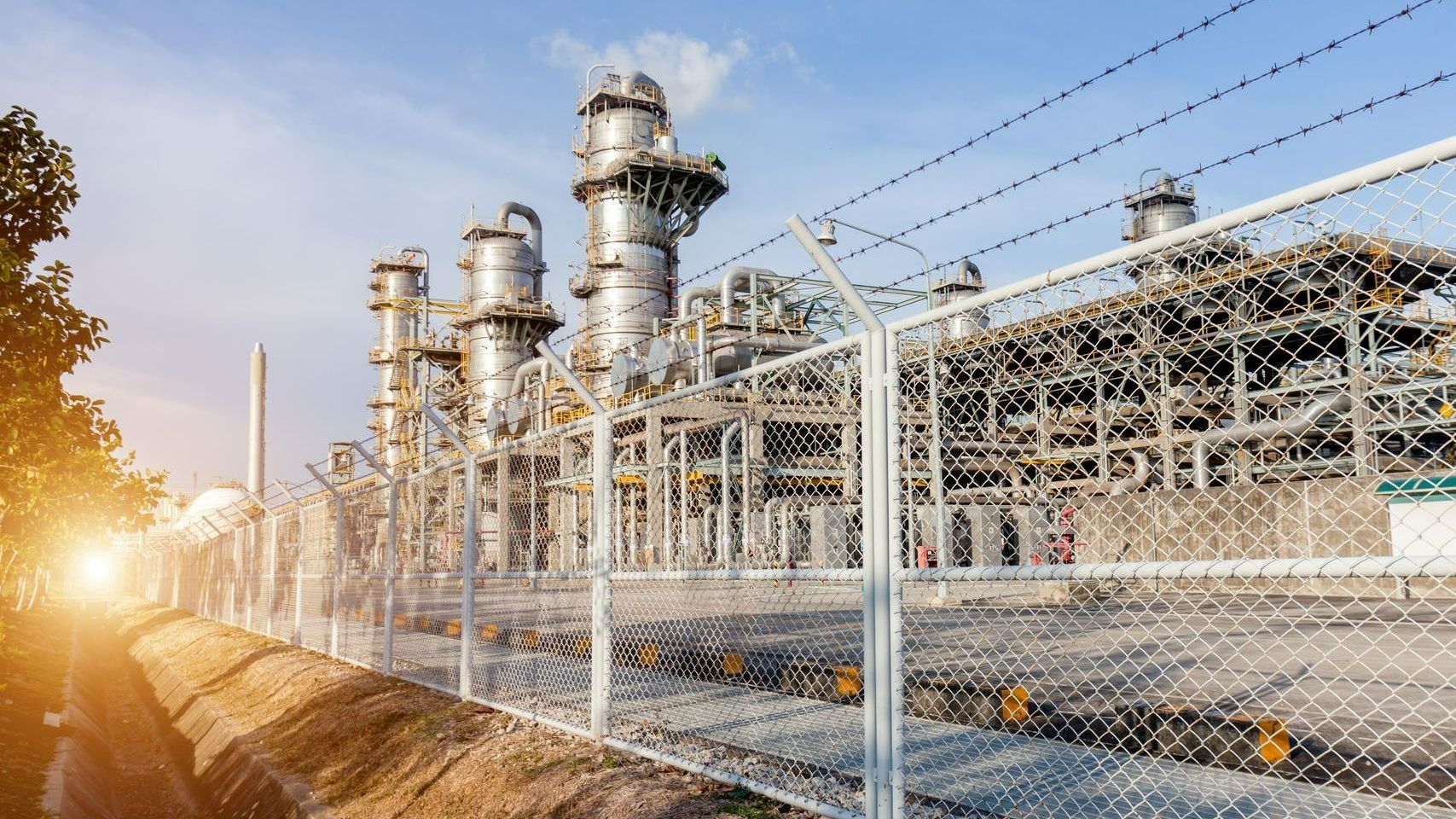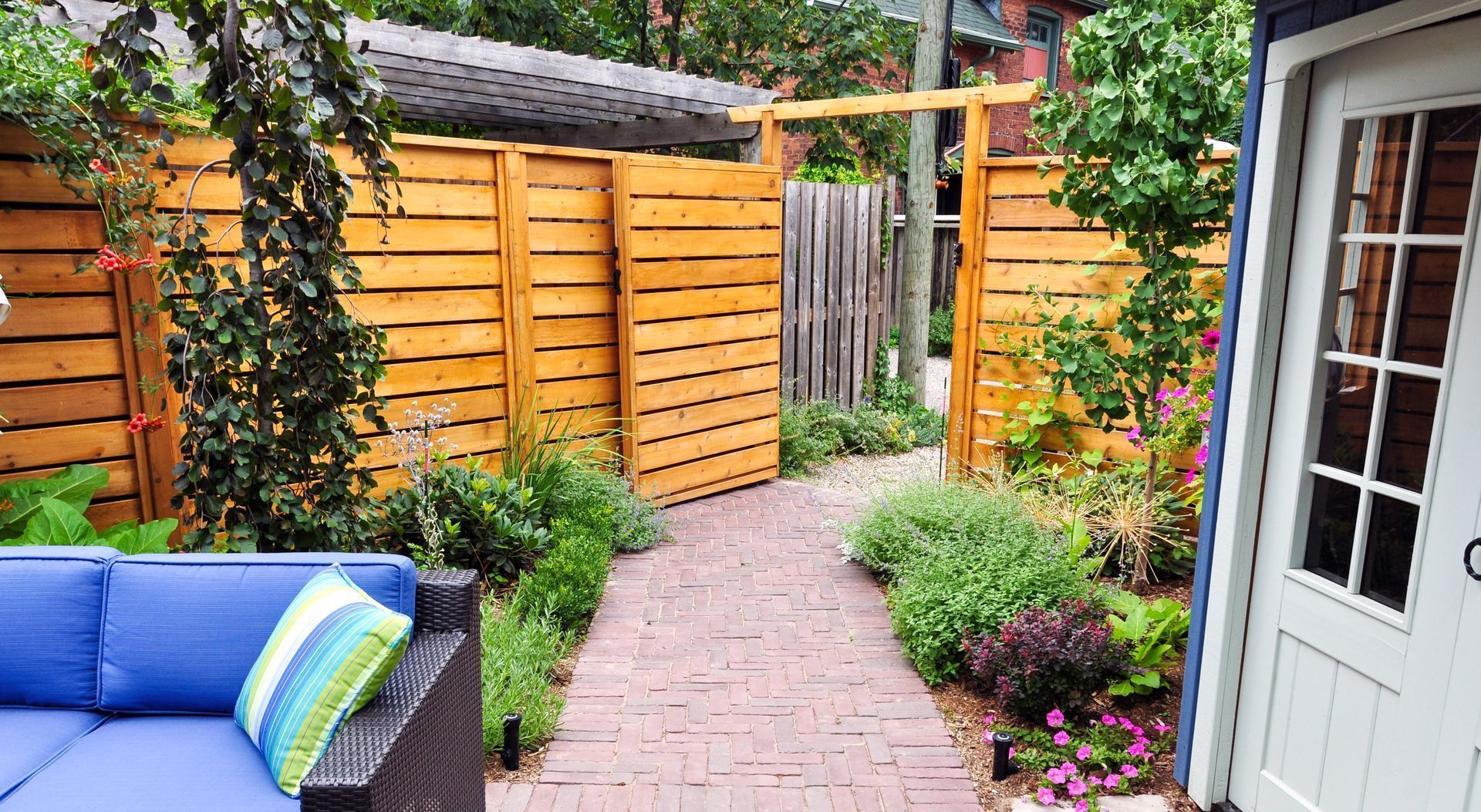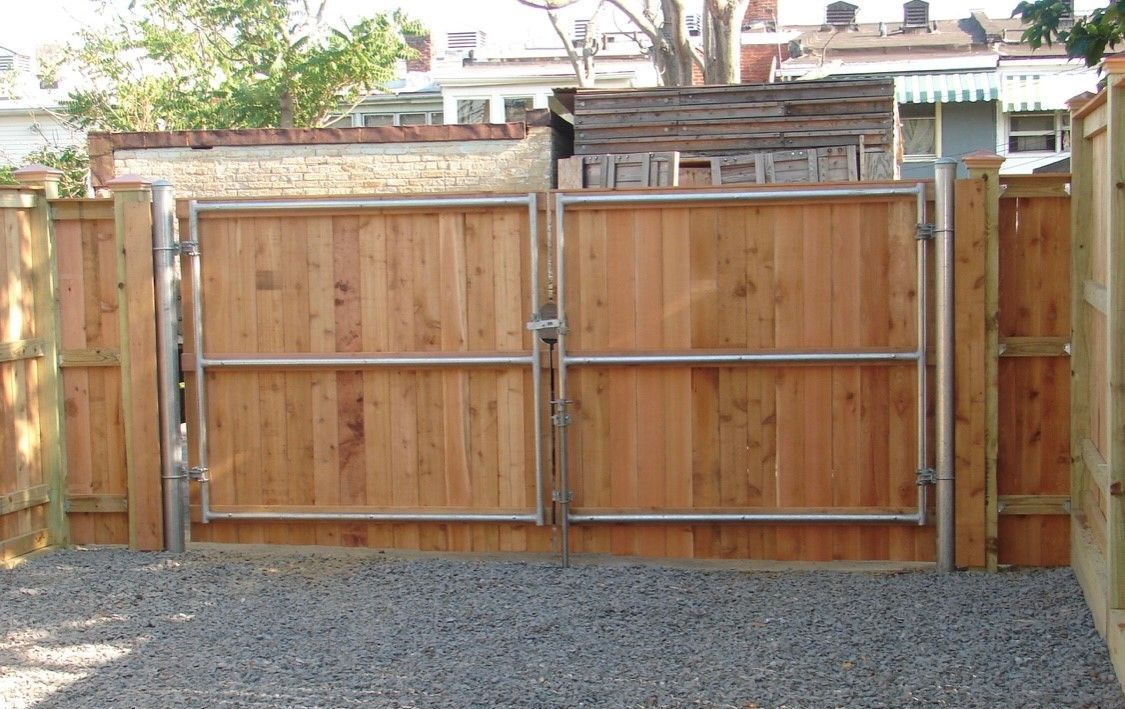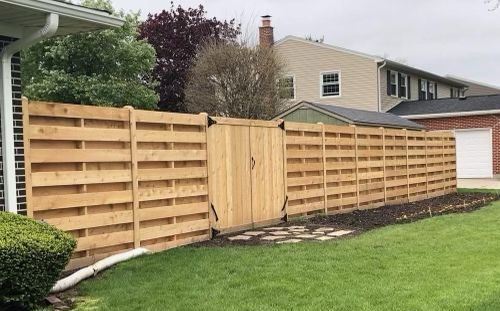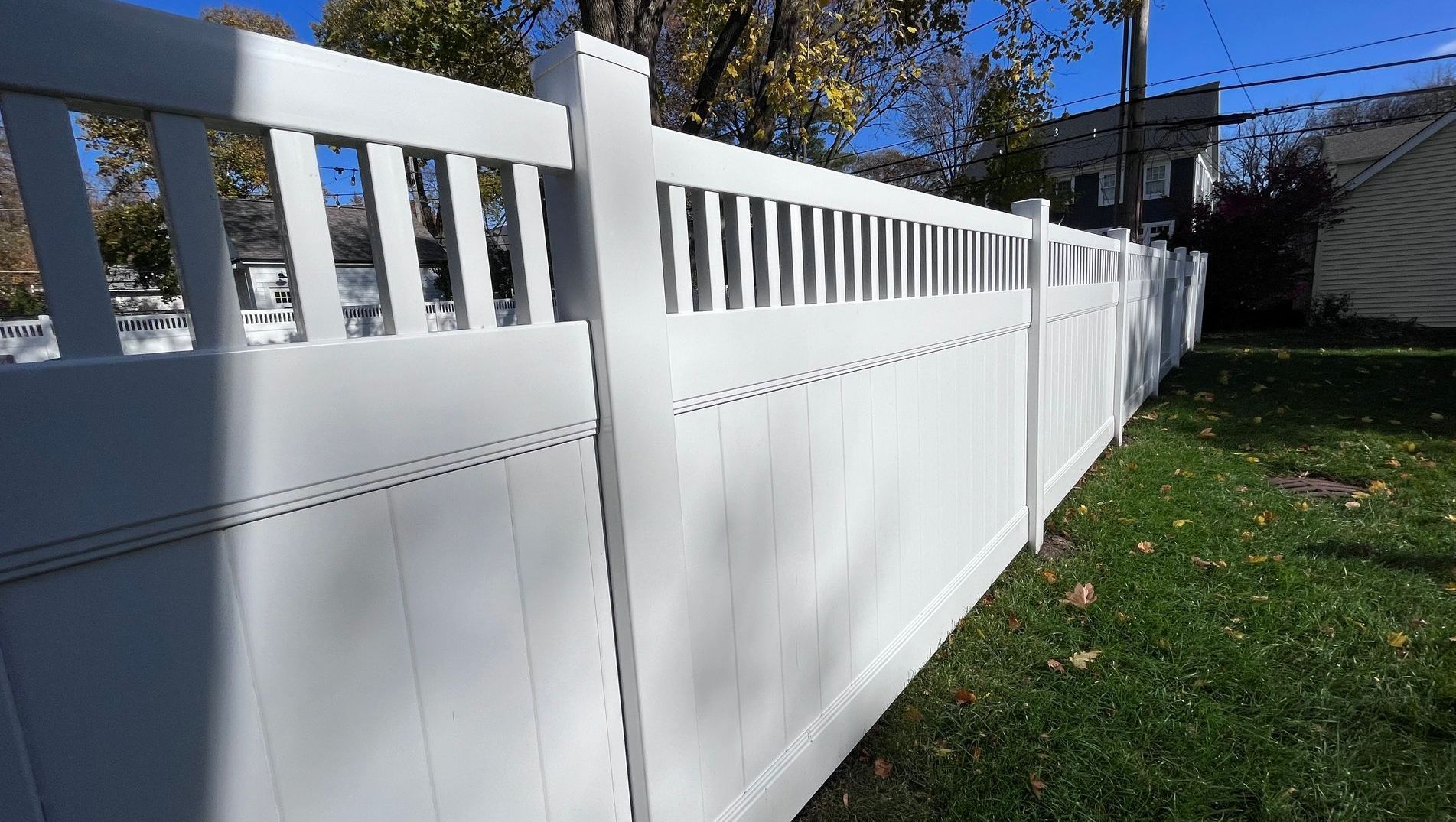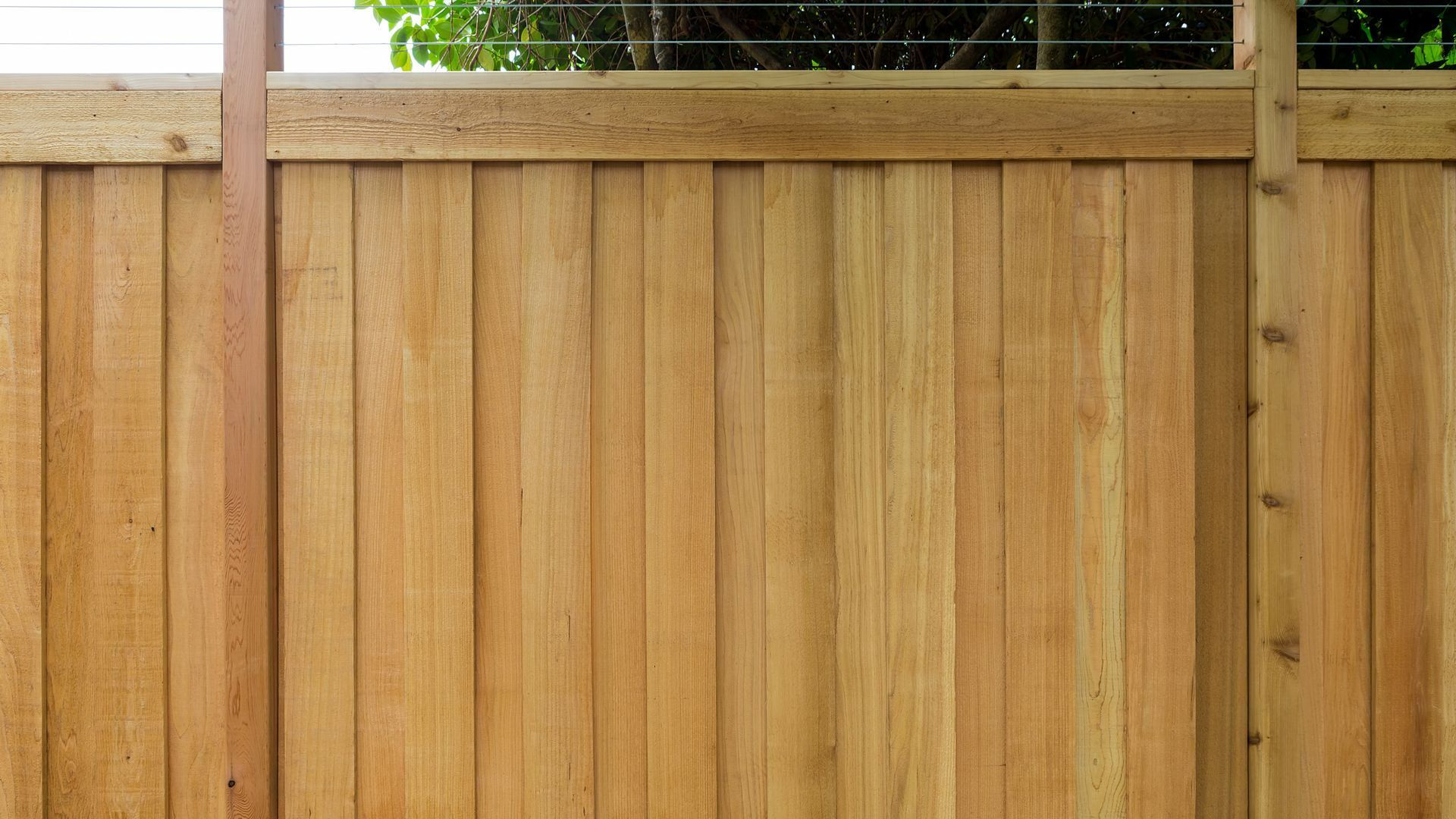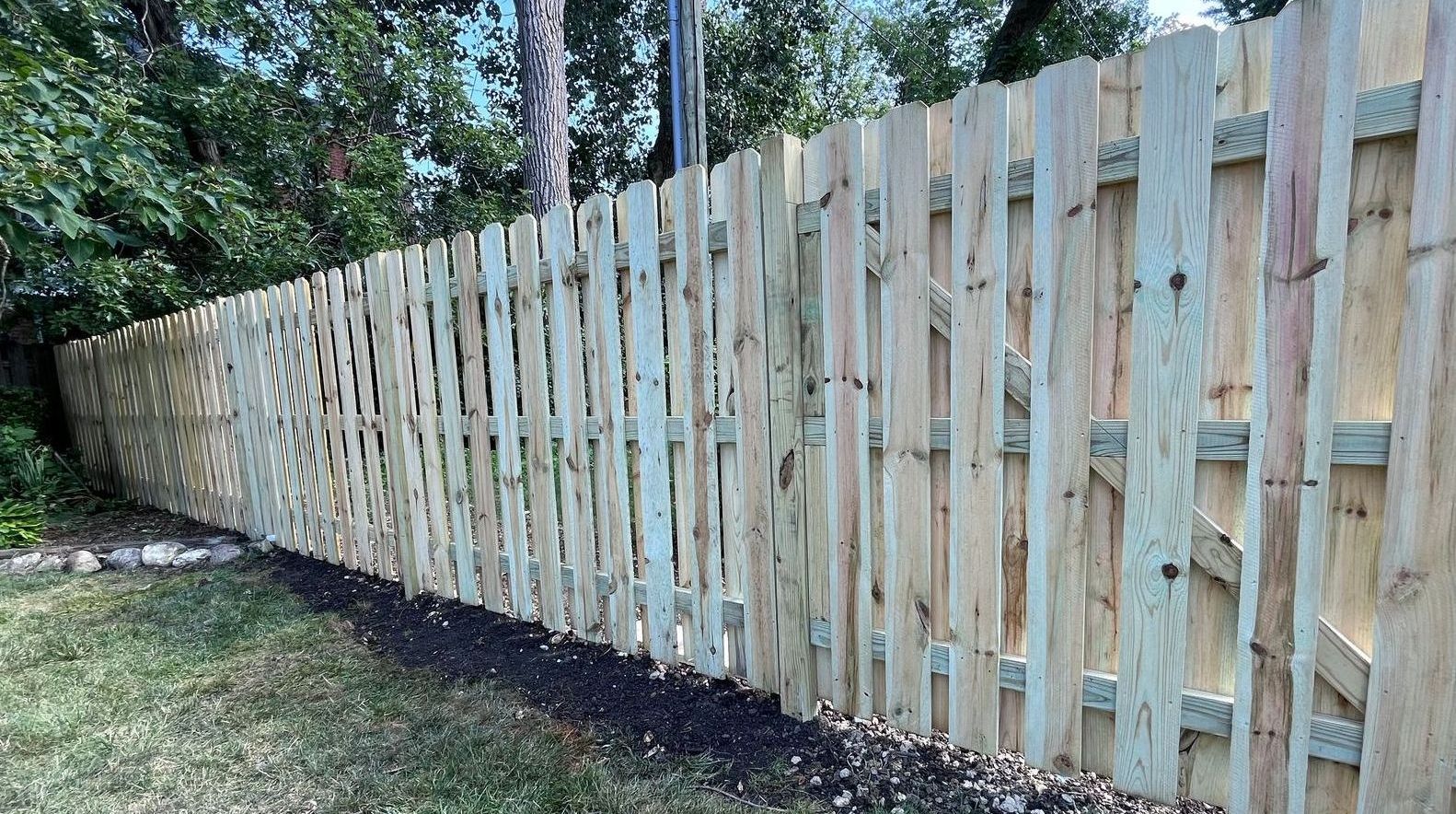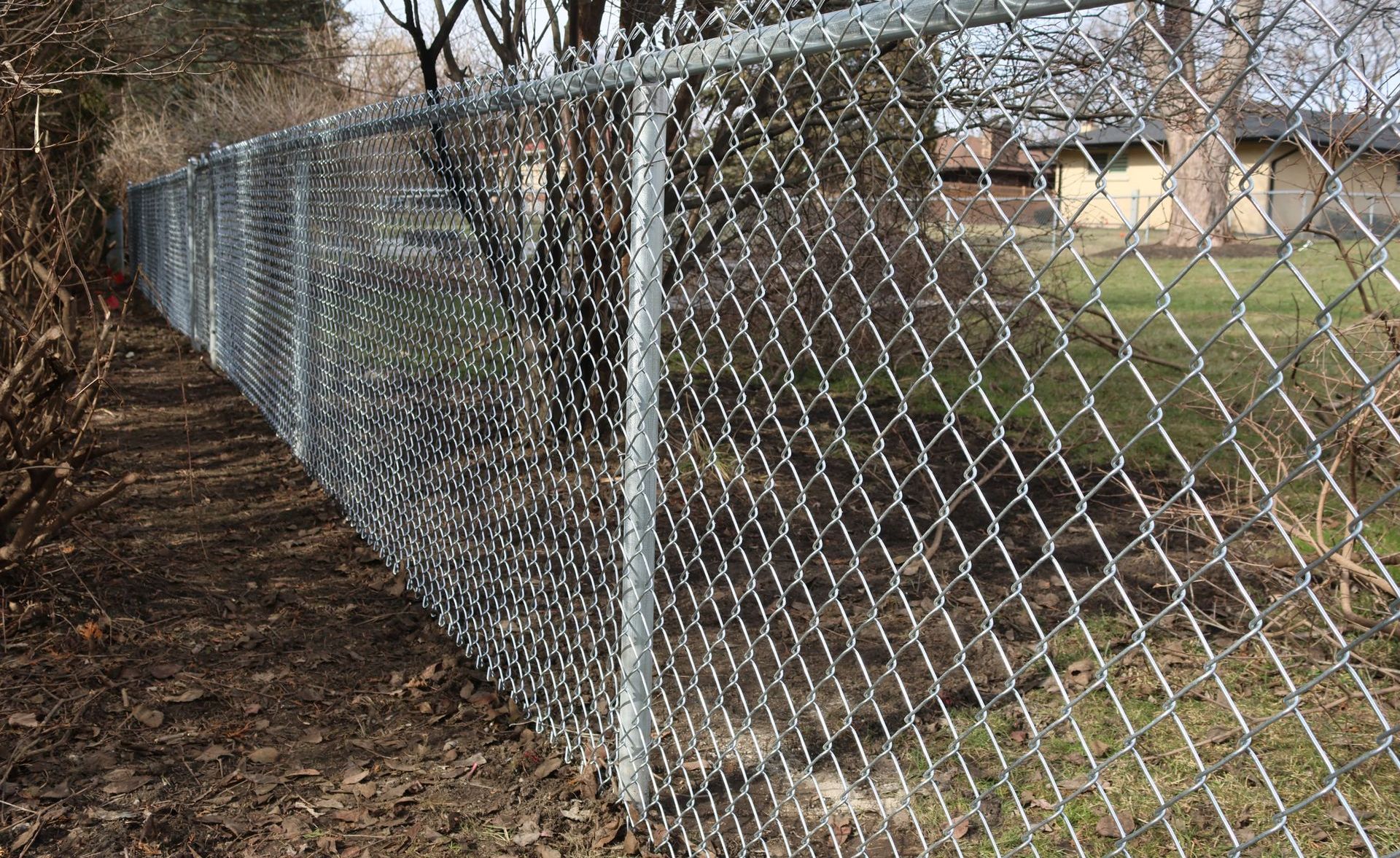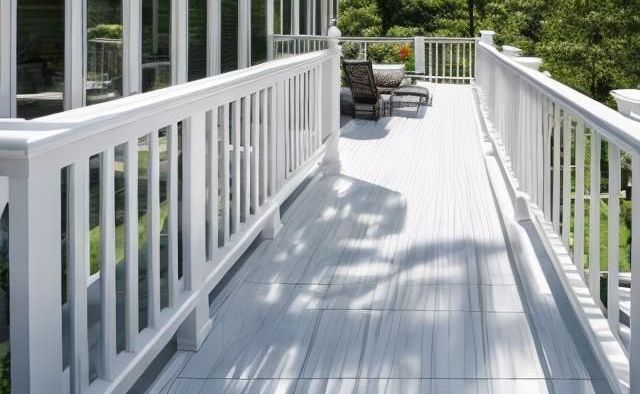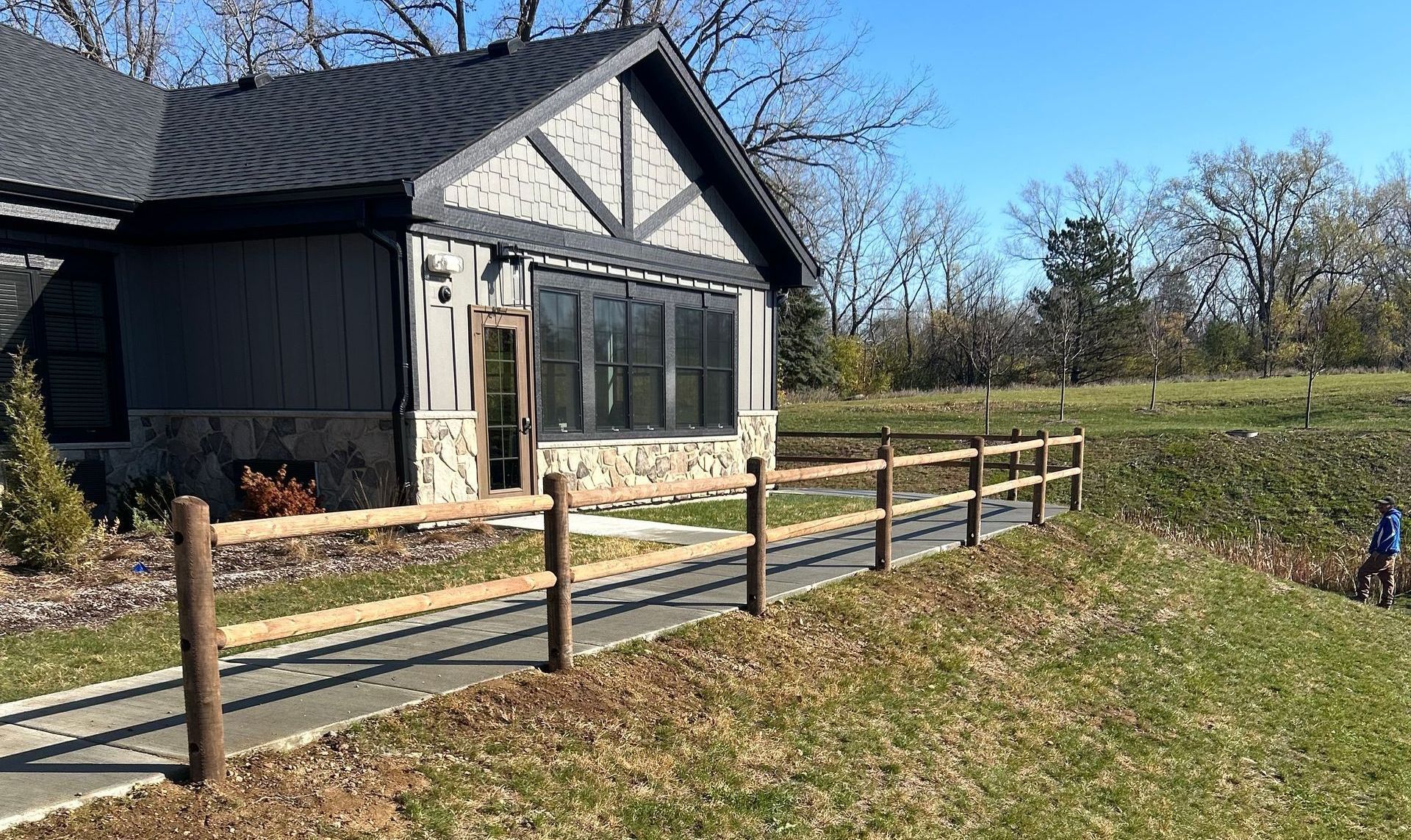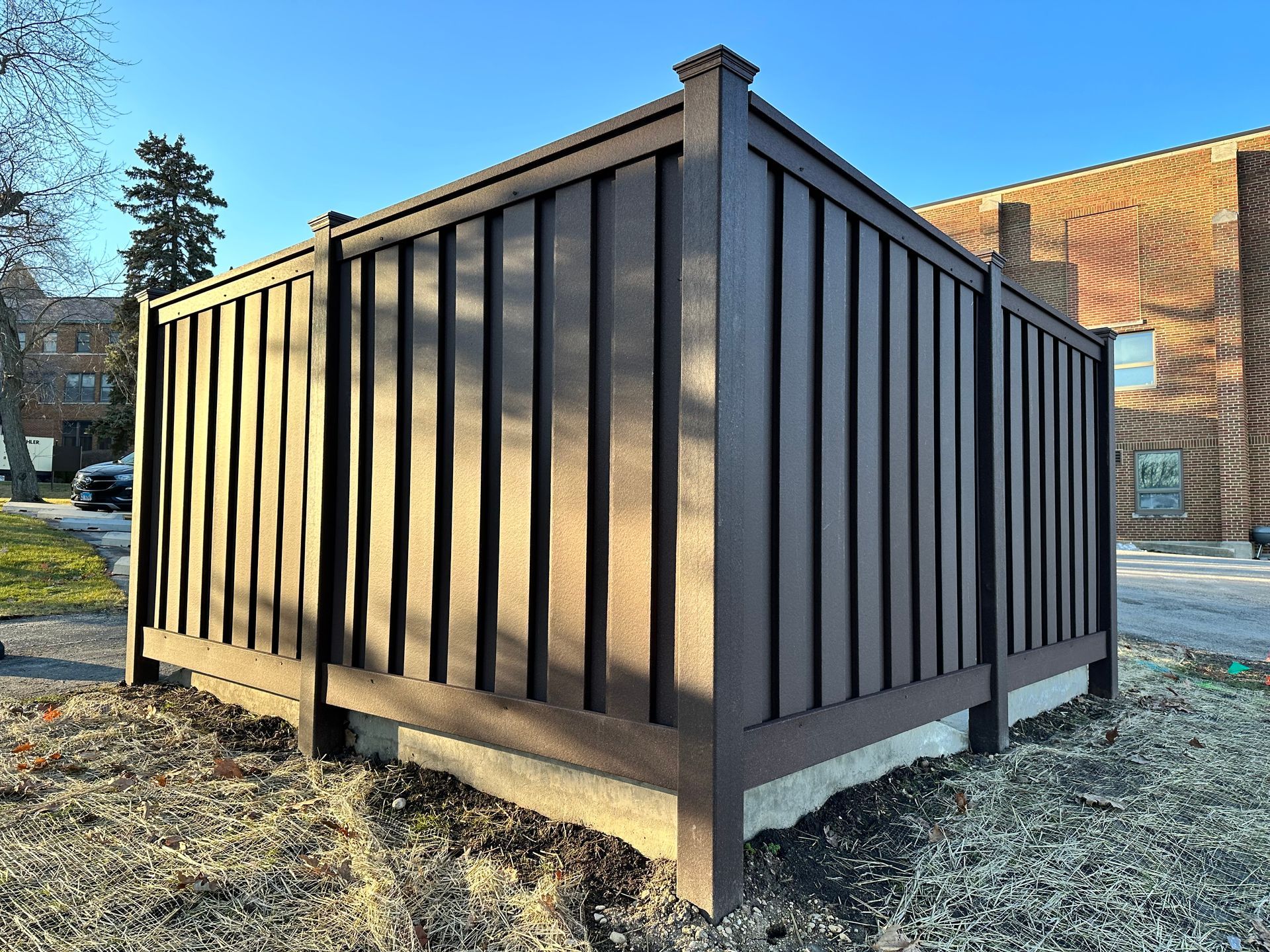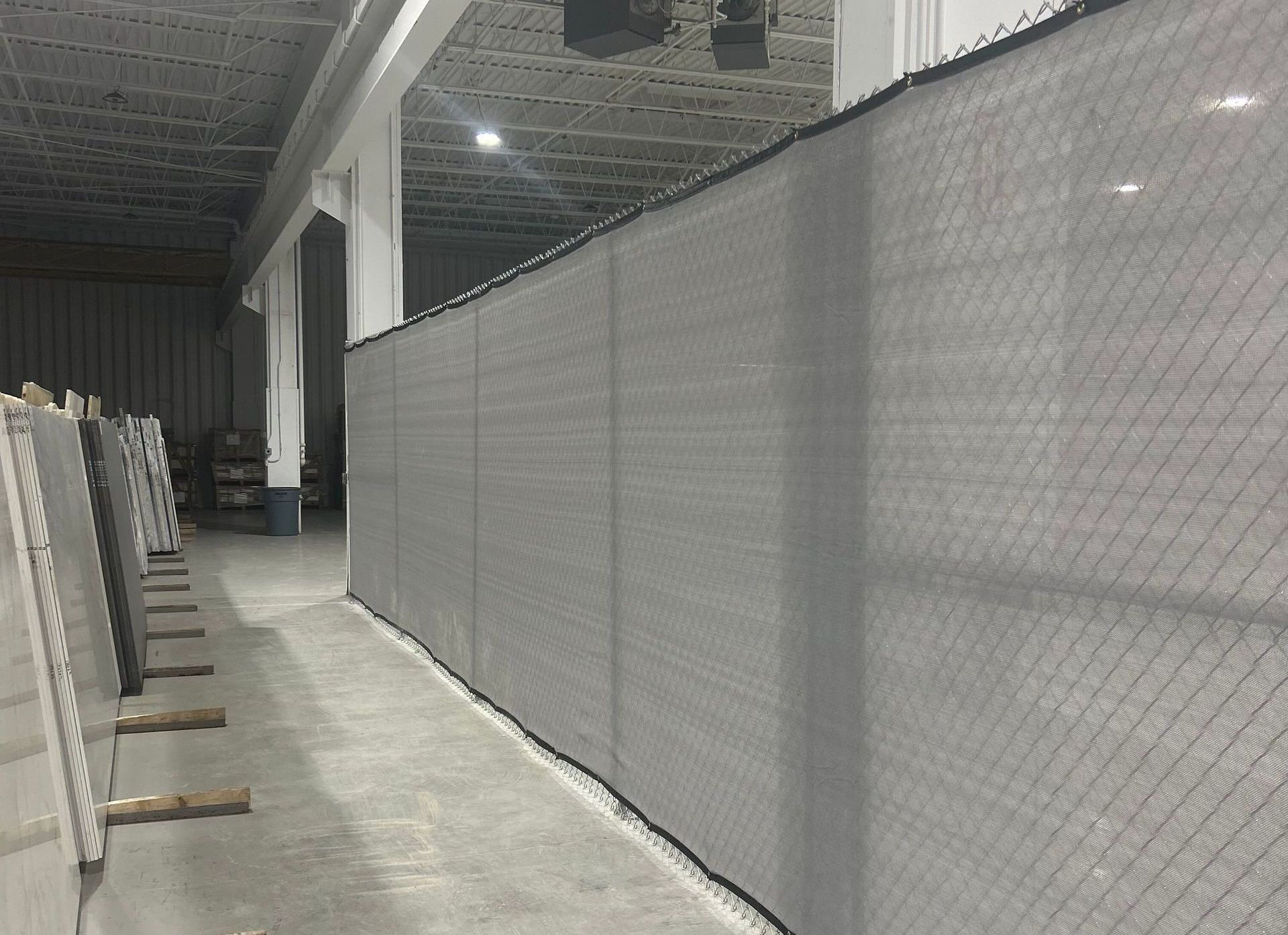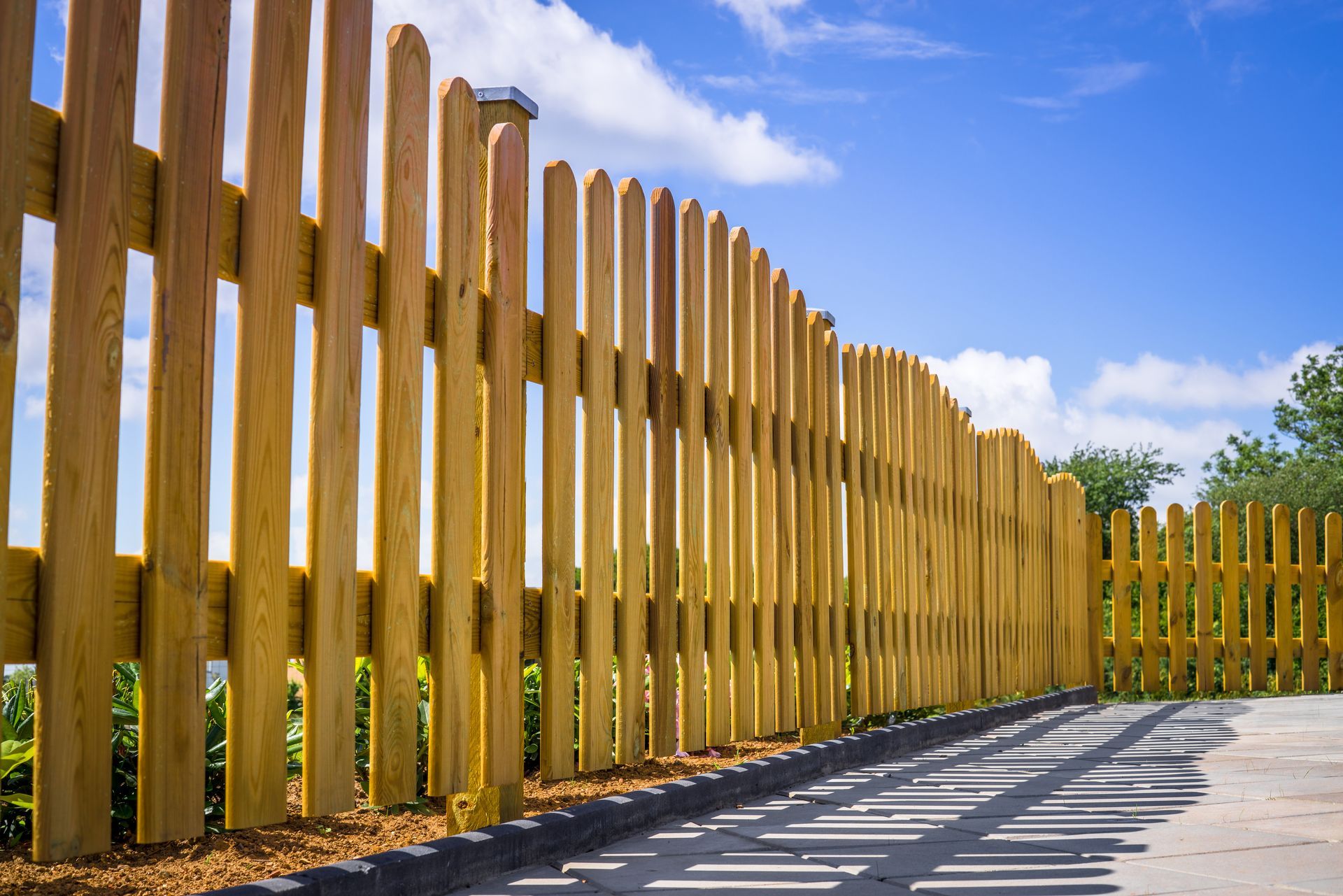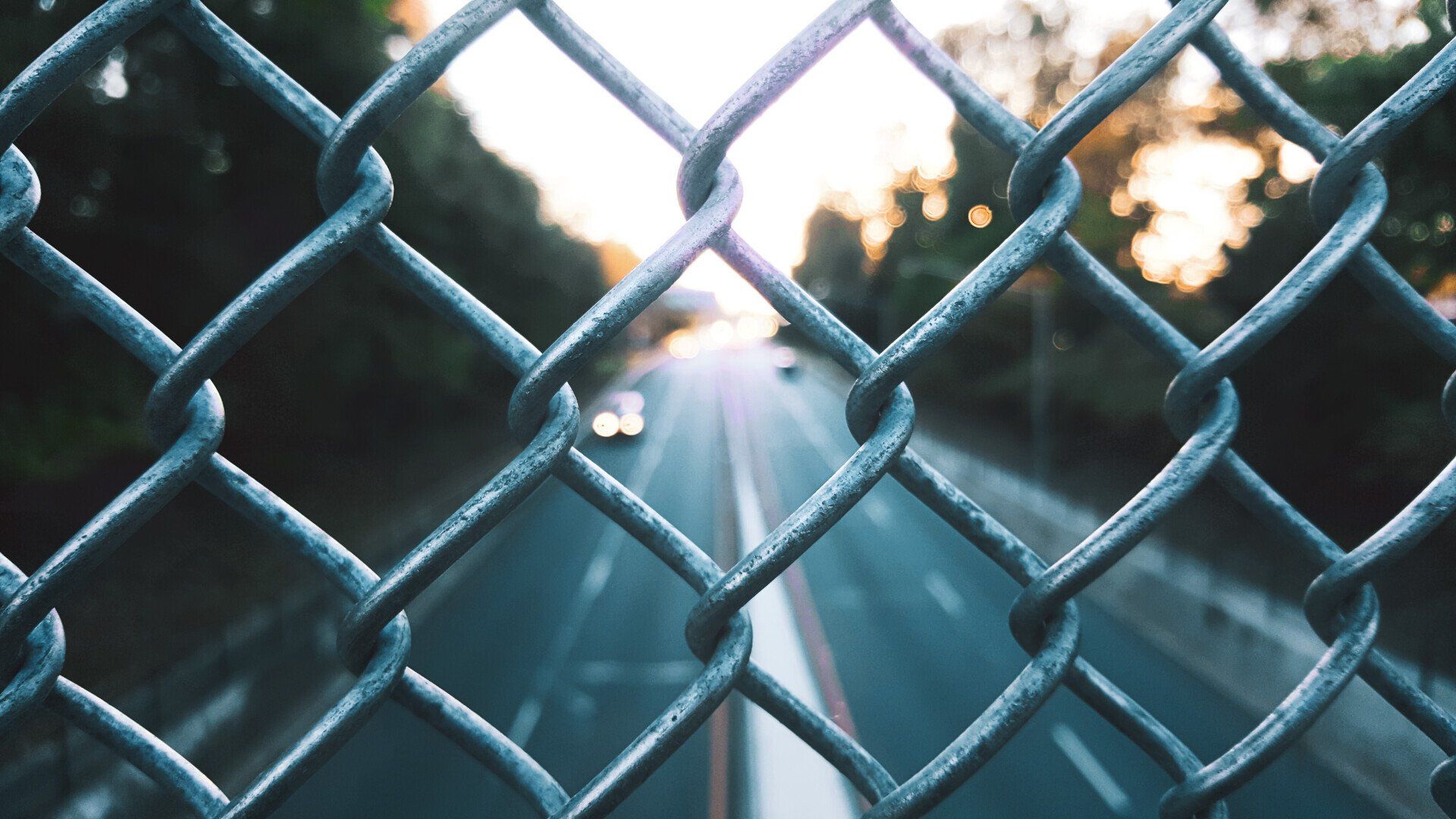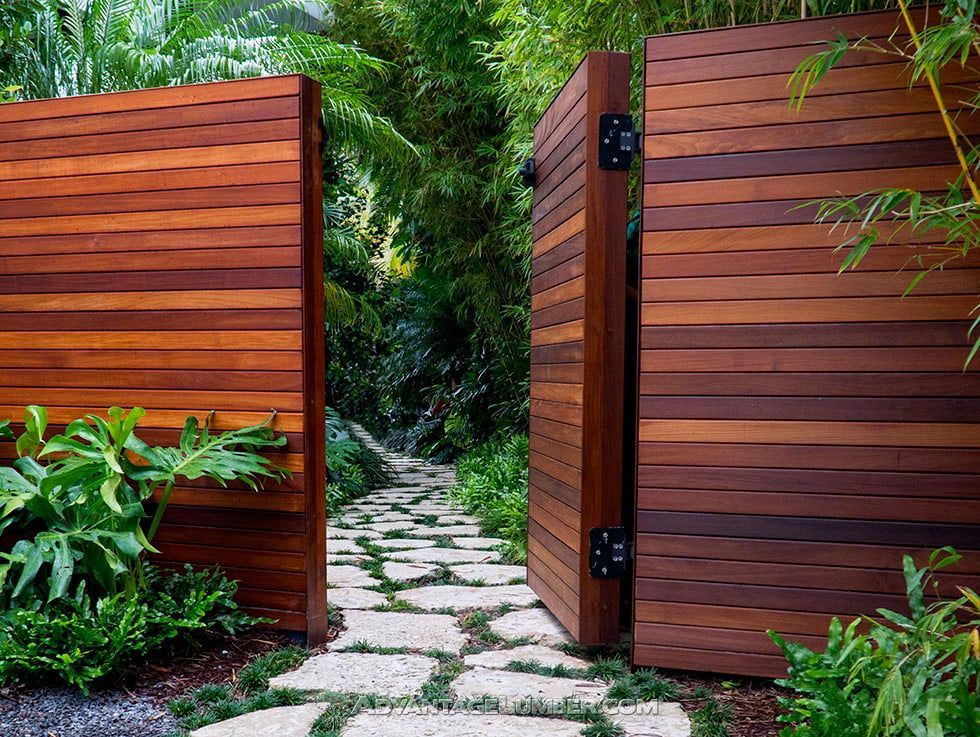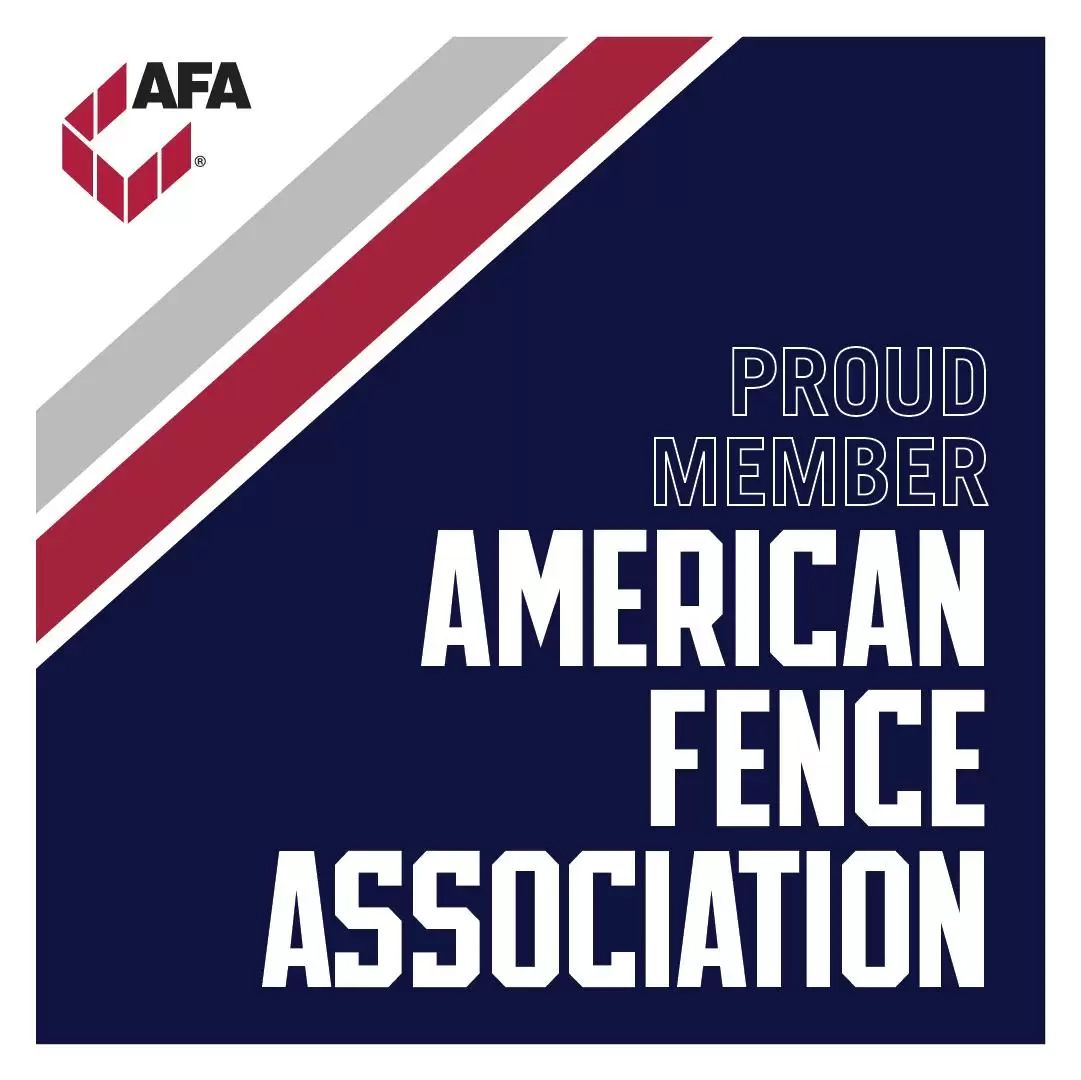How 76 Fence Installs Fences on Slopes, Uneven Ground, and Hills
At
76 Fence, one of the most common questions we hear from homeowners is:
"How will my fence look if my yard isn’t perfectly flat?"
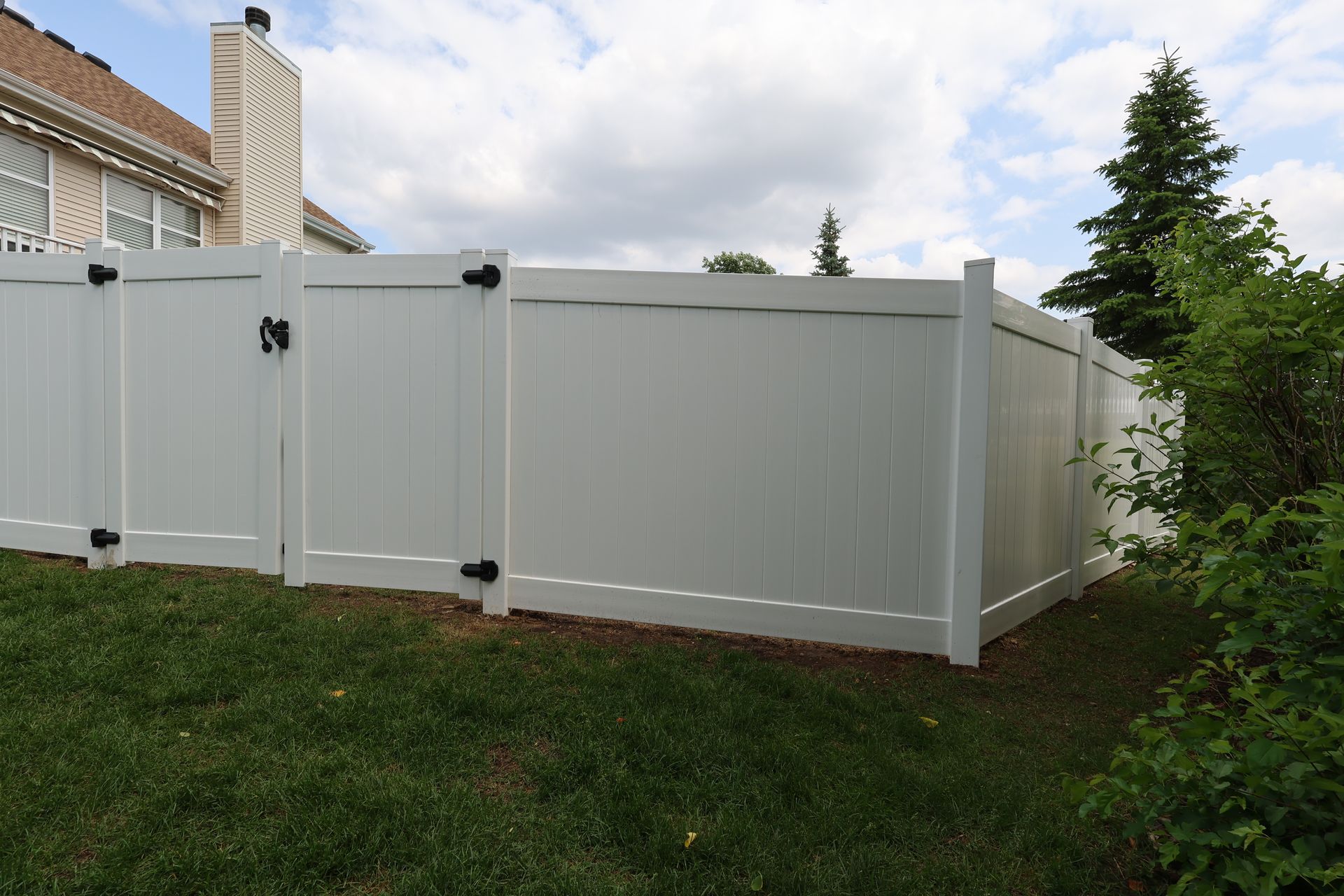
The truth is that few properties in Illinois have perfectly level ground. Yards often include slopes, rolling hills, or even dips and trenches. Installing a fence on uneven terrain requires adjustments and techniques to make it both functional and visually appealing—but there are limitations, especially when working with manufactured fence materials such as aluminum, vinyl, chain link, and composite.
In this article, we’ll explain how fences are installed on sloped ground, what challenges gates present in these areas, and what you can do as a homeowner to prepare your property for the best possible result.
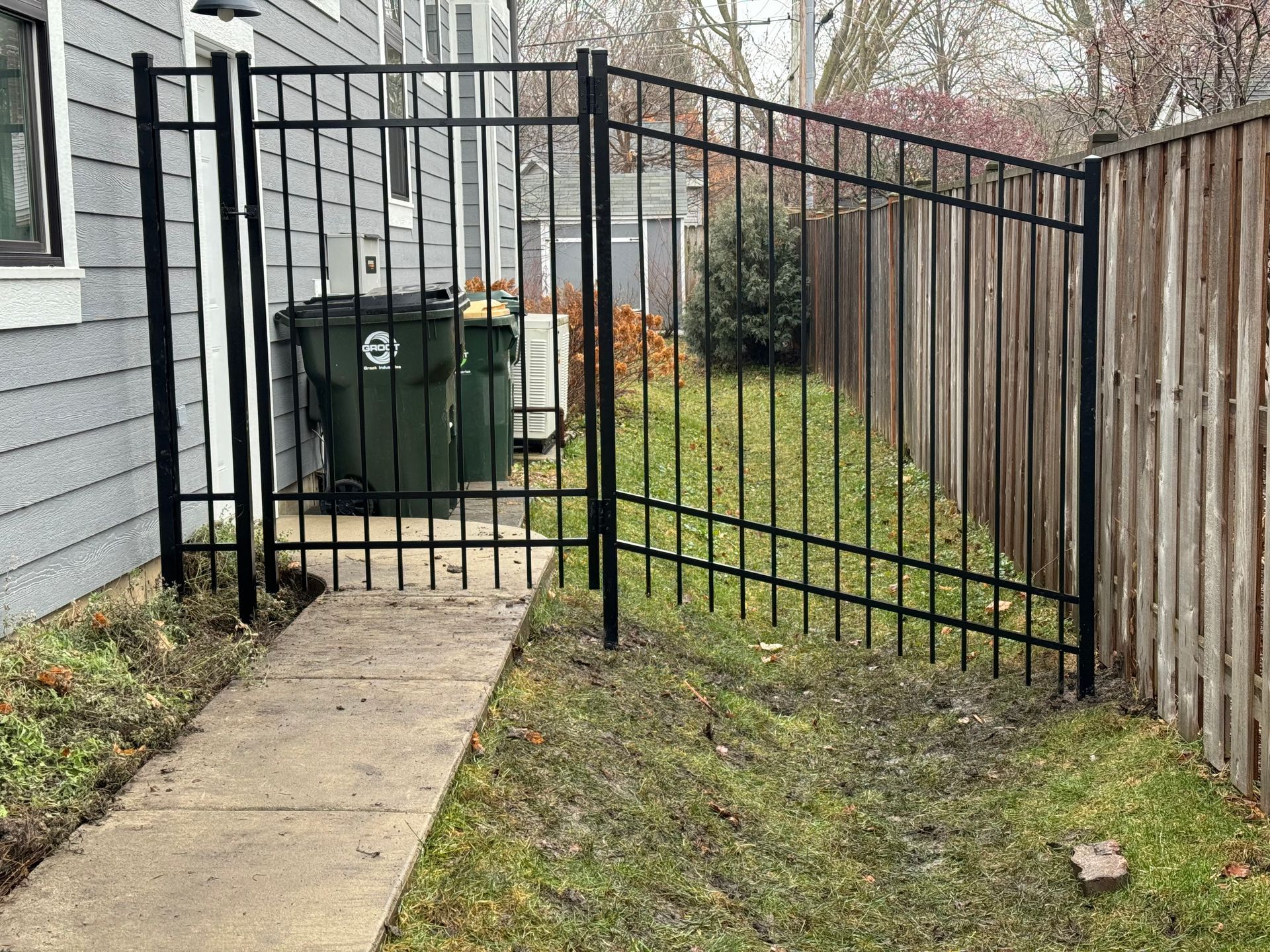
Fencing on a Slope or Uneven Ground
When a yard has a slope or rolling grade, fence panels can’t simply be set straight across. Instead, there are two main approaches:
- Racking Panels – Some manufactured materials like aluminum or vinyl panels can be “racked,” meaning the pickets shift to follow the angle of the slope. This method is effective on mild to moderate grades but has limitations depending on the product design. Keep in mind panels can only be racked to a certain degree, steep inclines or declines will max out the ability to rack and will result in gaps.
- Stepping Panels – On steeper grades, panels may need to be installed in a stepped pattern, creating a series of level sections that move down the slope. This creates small triangular gaps underneath each panel section where the slope shows through.
Both methods achieve the goal of following the terrain, but customers should be aware that gaps under the fence are unavoidable when the ground is uneven. These gaps can be larger in areas with sharp slopes or dips.

Why Gates Are Different
Unlike panels, gates must always be installed level and on a straight plane. A gate needs to swing freely on its hinges without binding or dragging. That means it cannot follow the slope of the yard—it must run perfectly horizontal.
This creates a visual difference:
- On sloped ground, a gate will appear tilted compared to the rest of the fence line.
- More importantly, the gap under the gate may be larger on one side, which can be an issue for homeowners with small dogs or pets that could escape underneath.
This is not a mistake in the installation—it’s a structural necessity to ensure your gate functions properly.
Why Manufactured Materials Are More Challenging
Materials like aluminum, vinyl, chain link, and composite are manufactured in pre-made panels with specific engineering. This means:
- Panels can only be racked to a certain degree.
- Panels cannot be cut and adjusted like wood without compromising strength or appearance.
- Gates are pre-framed and cannot be modified to slope along the grade.
On the other hand, wood fences are more flexible because they can be built board-by-board. Wood can be trimmed, angled, or custom-cut to better follow irregular terrain. That’s why wood fences often look more natural on uneven ground.

What Customers Can Do
At 76 Fence, our job is to install your fence to the highest standards within the limits of the material you choose. But when it comes to dealing with significant slopes, trenches, or uneven terrain, there are some steps homeowners can take to improve the end result:
Have the Ground Leveled Before (or after) Installation
- A professional landscaper can grade or fill low areas of your yard so the fence can be installed on a flatter surface.
- This will reduce gaps, improve the fence’s appearance, and create a more secure barrier for pets.
Plan Gate Placement Carefully
- Whenever possible, place gates on the flattest part of your yard.
- This helps reduce uneven gaps and ensures smooth operation of your gate.
Consider Material Choice
- If your yard has significant slopes or trenches and you’re concerned about gaps or appearance, a wood fence may be the most practical option. Otherwise you must address the gaps using some of the recommendations we provided.
Fill Gaps with Substrate
- Homeowners can add mulch, top soil, rocks, sand, or chicken wire to close off gaps beneath the fence line. This would be the homeowner responsibility to ensure pets don't escape.
What to Expect from 76 Fence
We believe in being upfront and honest with our customers. When you choose aluminum, vinyl, chain link, or composite fencing, you are selecting a strong, durable, and low-maintenance option—but these materials come with installation limitations on uneven ground.
Our team will:
- Evaluate your yard during your free estimate and advise best practices.
- Explain exactly how the fence will look when installed along your grade.
- Help you understand what gaps or uneven appearances may be unavoidable.
- Recommend solutions, like relocating gates or grading the ground, to get the best outcome for your project.
- Do our best upon installation to ensure gaps are minimal.
** Please note we cannot be held responsible for grading or filling gaps under the fence. This is something addressed by the homeowner by a professional landscaping service.
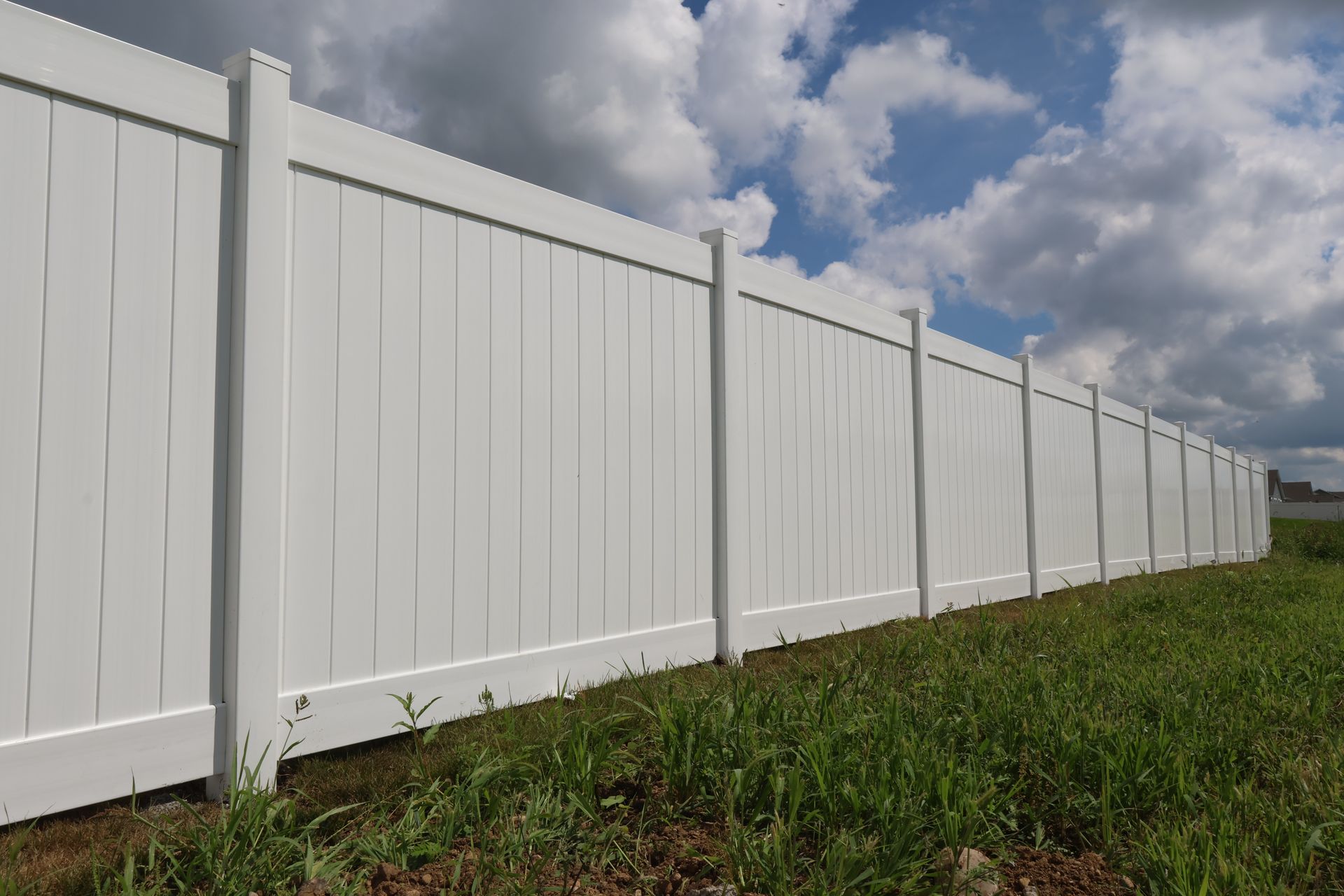
Final Thoughts
At 76 Fence, our mission is to install a fence that not only looks great but functions for years to come. On sloped or uneven ground, there will always be unique challenges—but with the right expectations and preparation, your fence can be both secure and beautiful.
If you’re considering a fence installation and want expert advice on how your property’s terrain may affect the process, contact 76 Fence today for a free estimate. Our team will walk you through your options so you know exactly what to expect when dealing with a sloped yard and addressing gaps.
Fence Installation Blog

How to Upgrade Your Chain Link Fence with Privacy Slats: Benefits, Styles & Installation in Illinois
